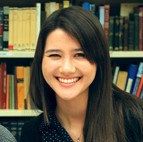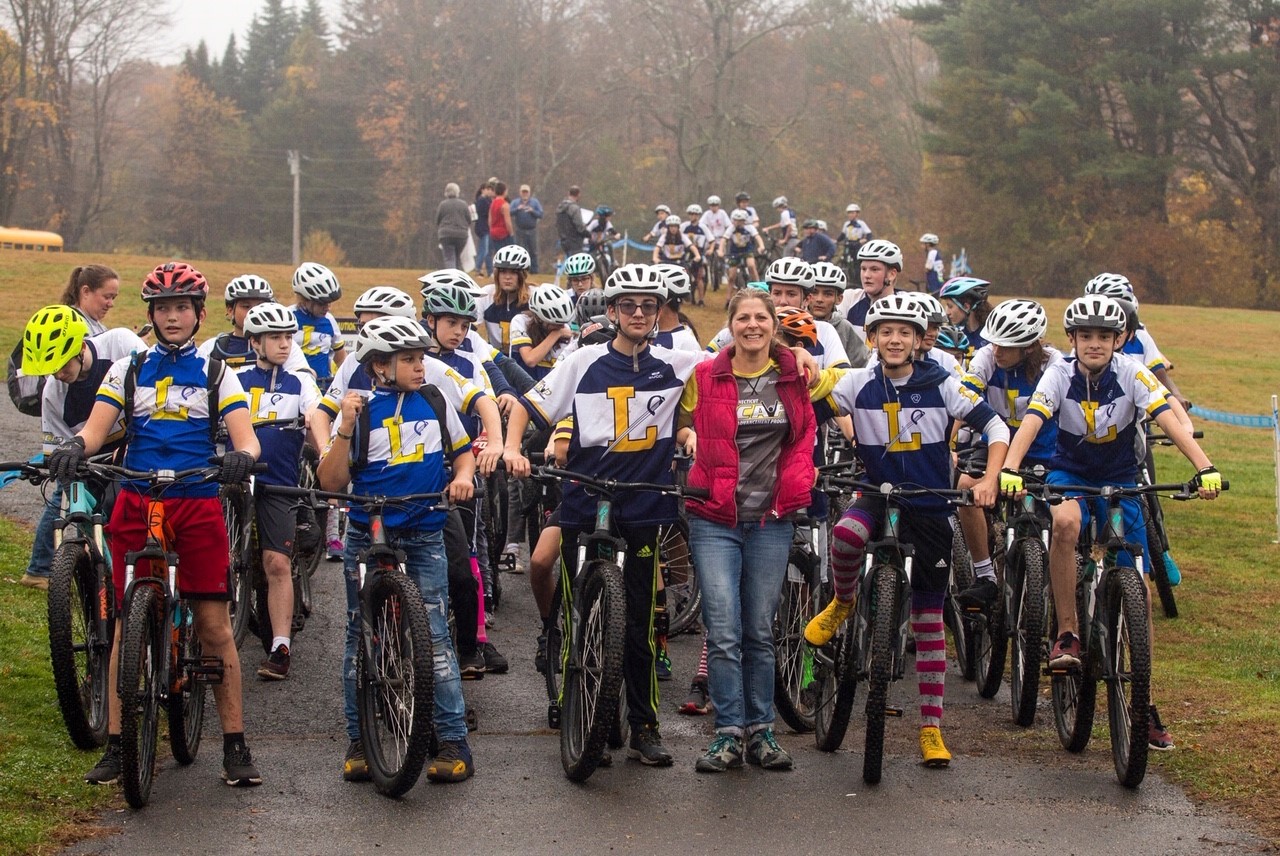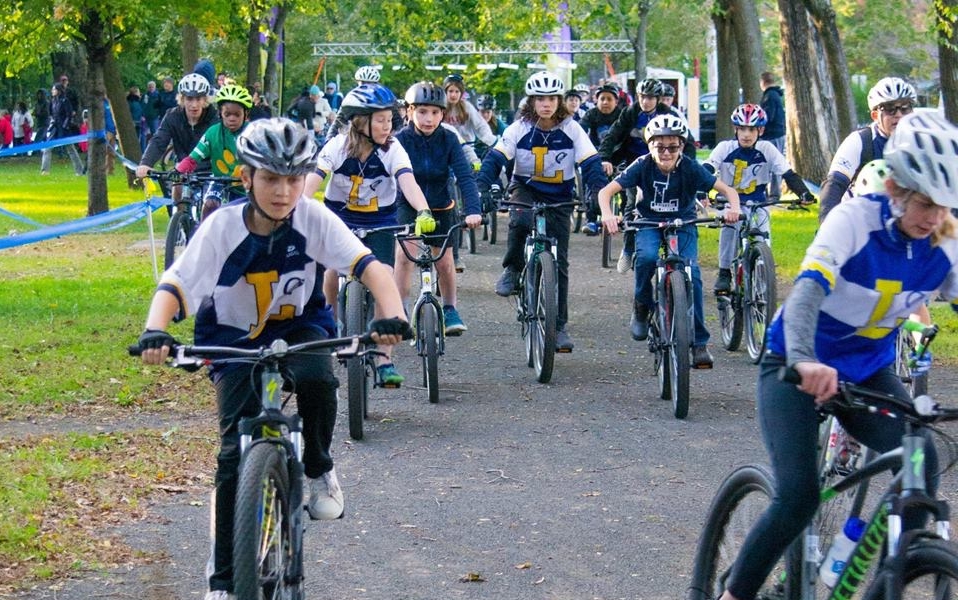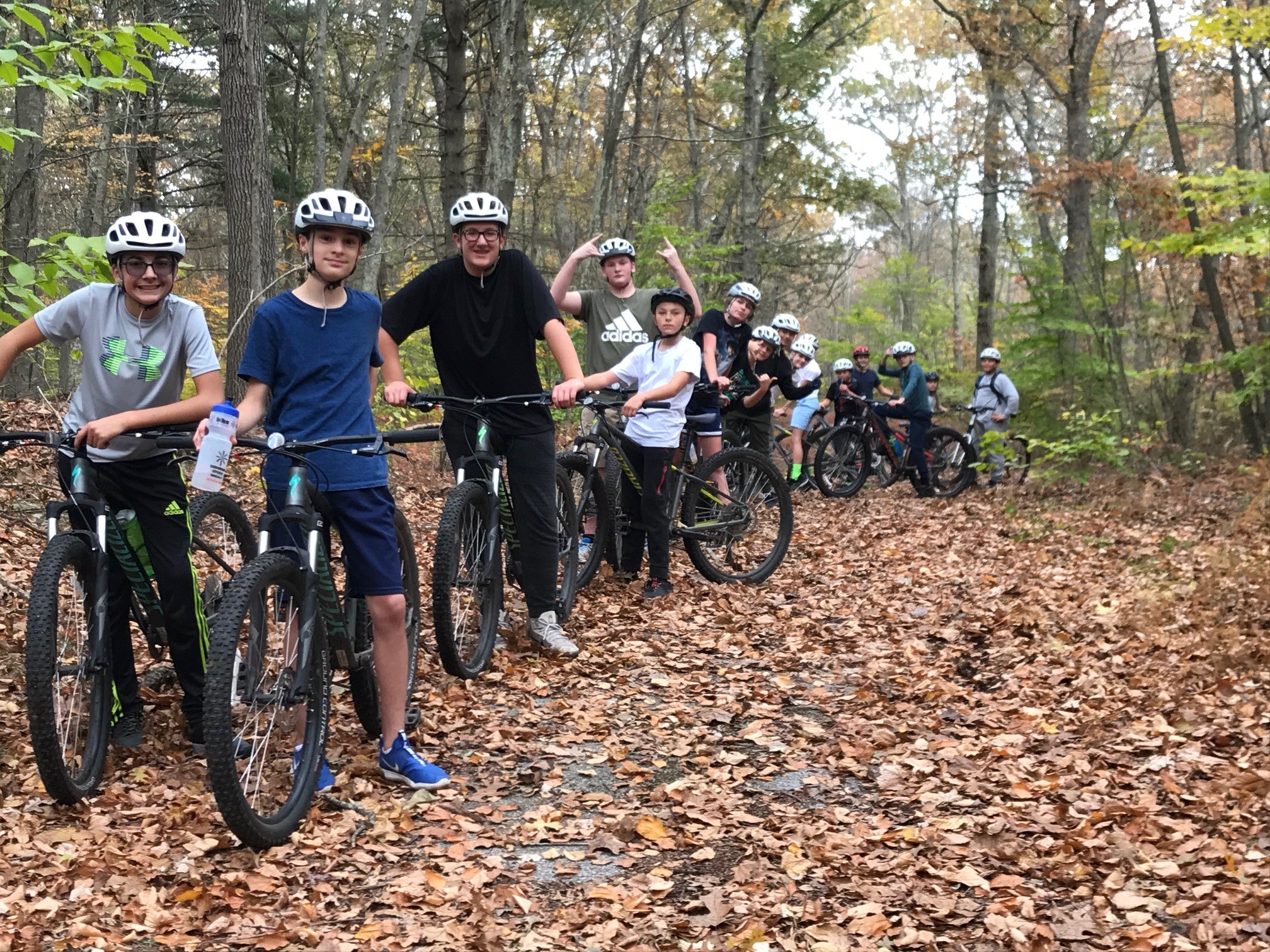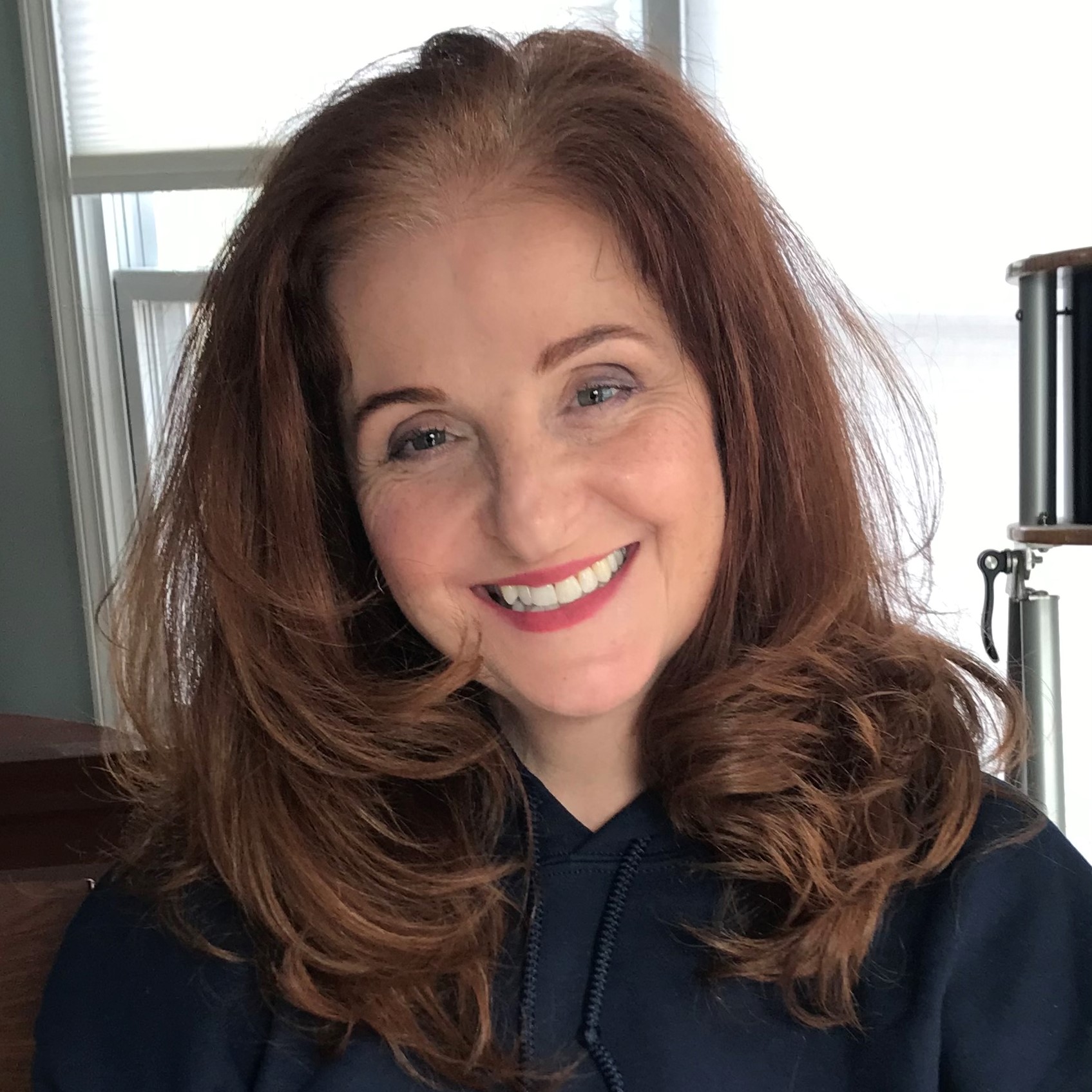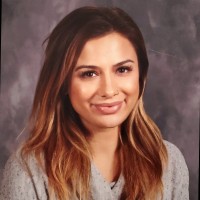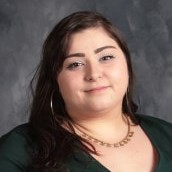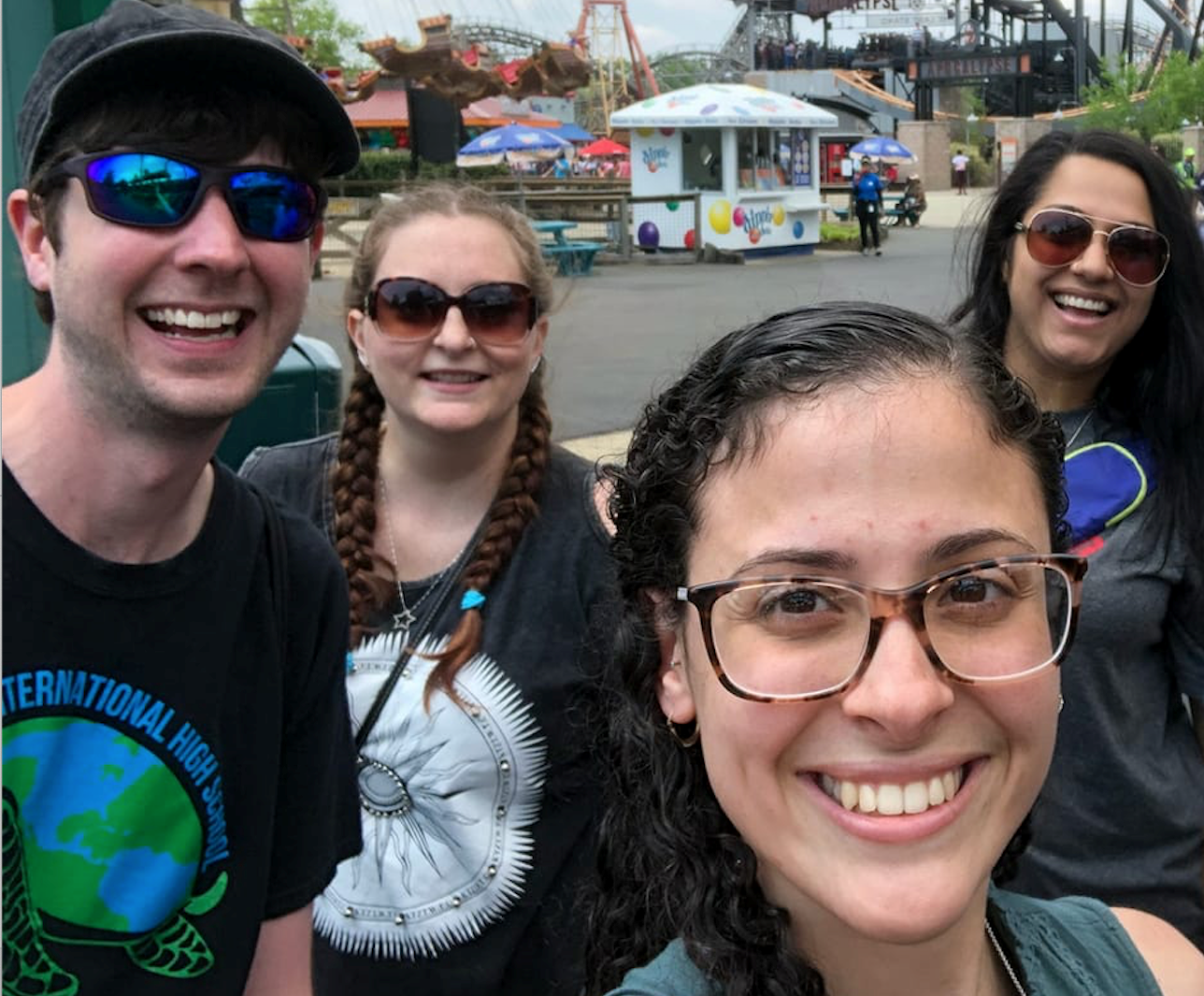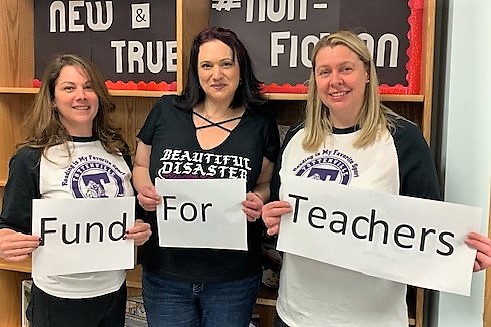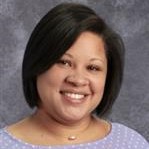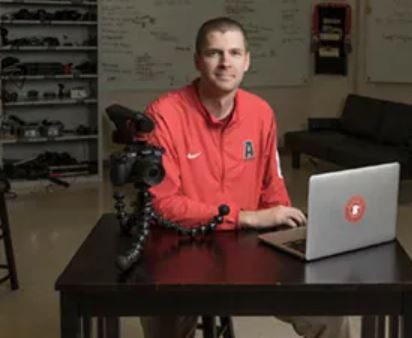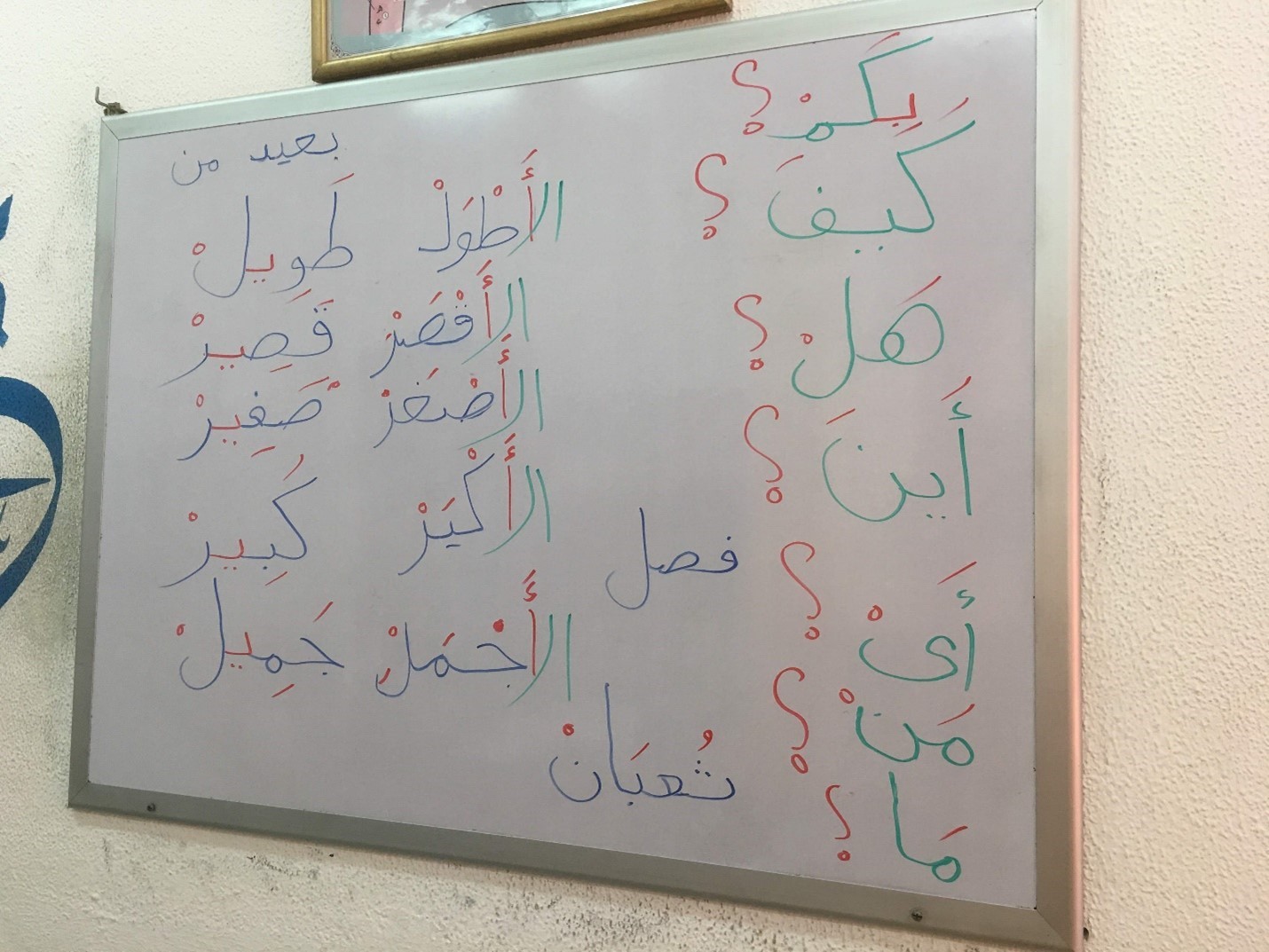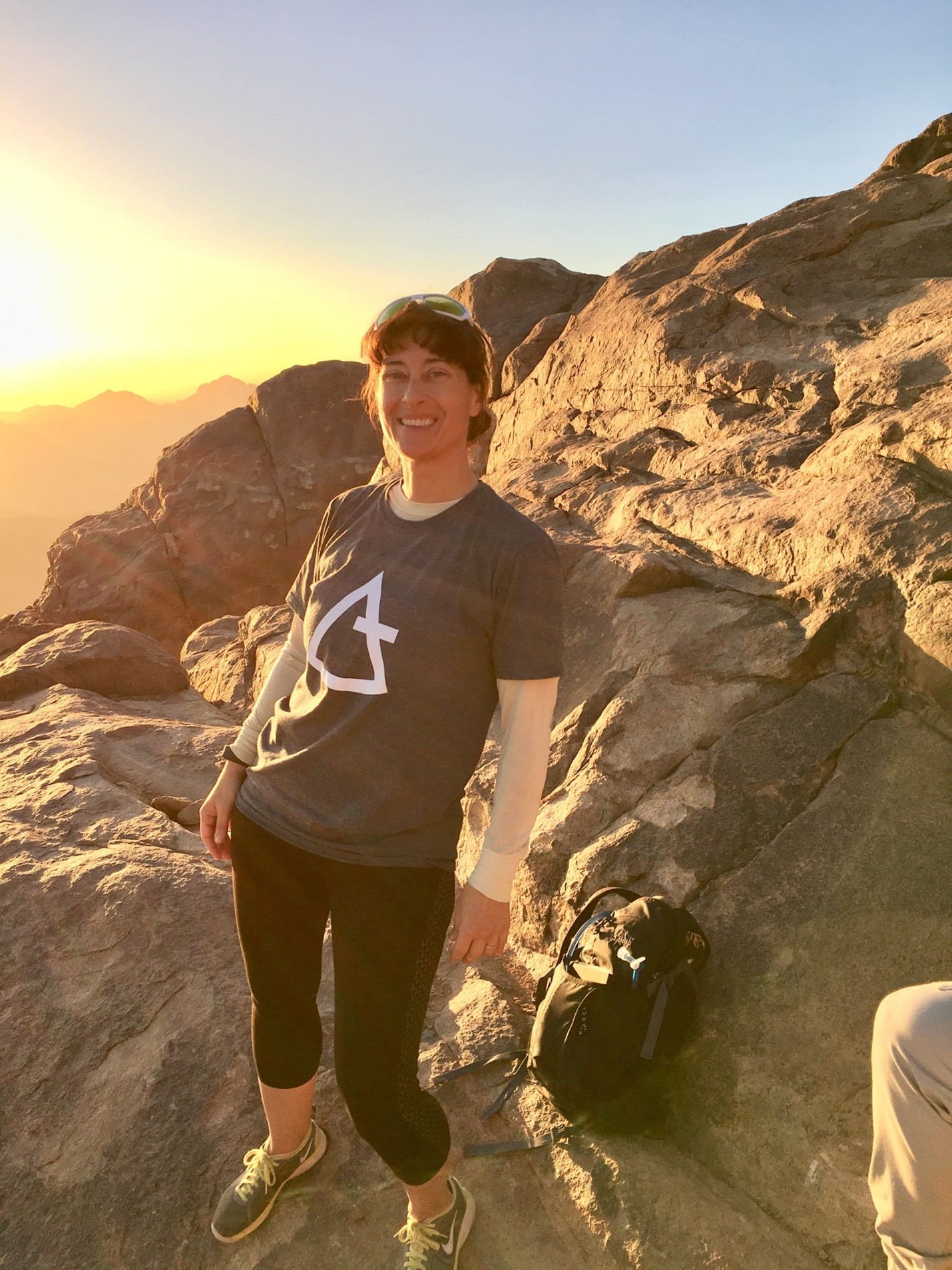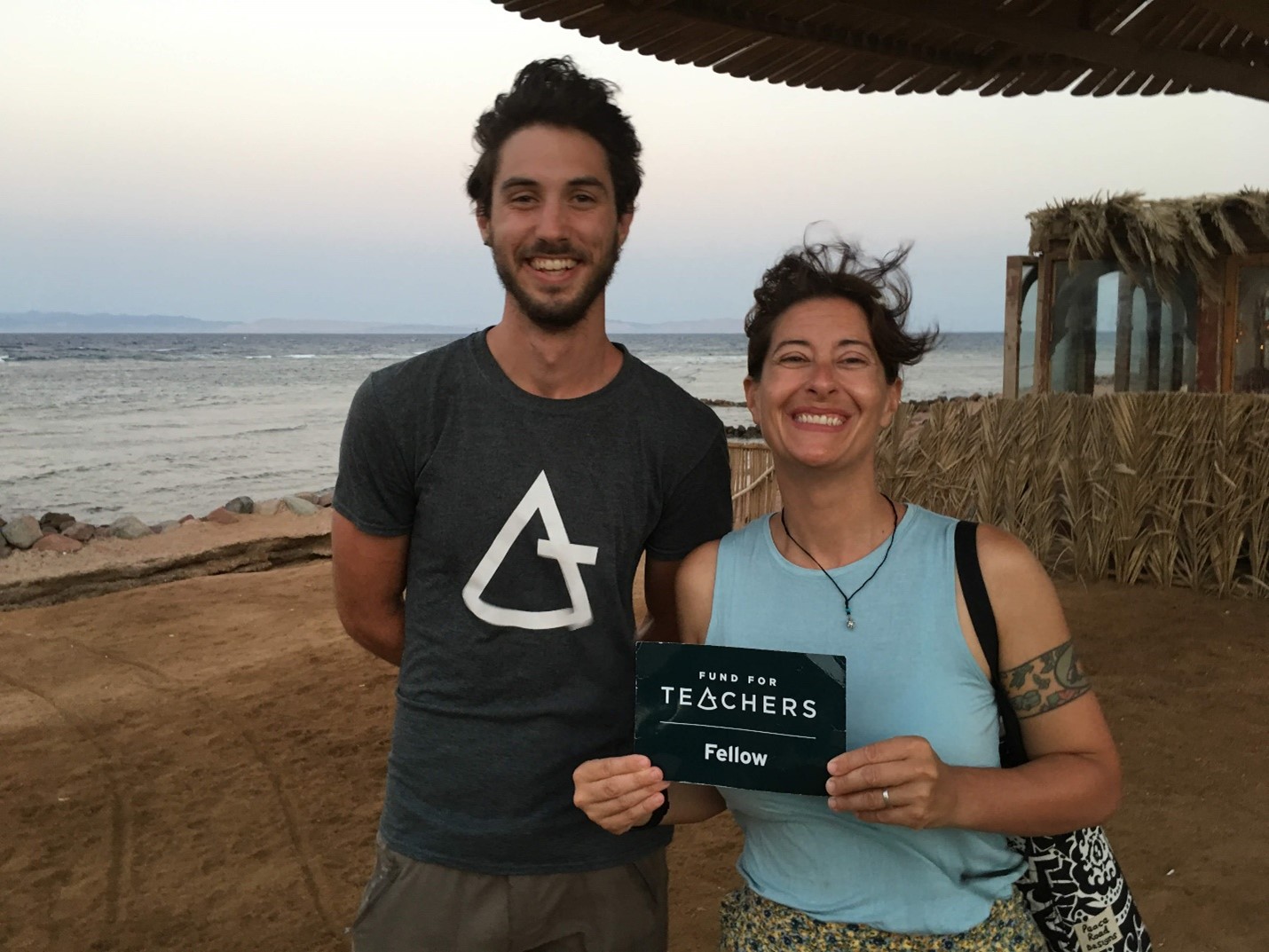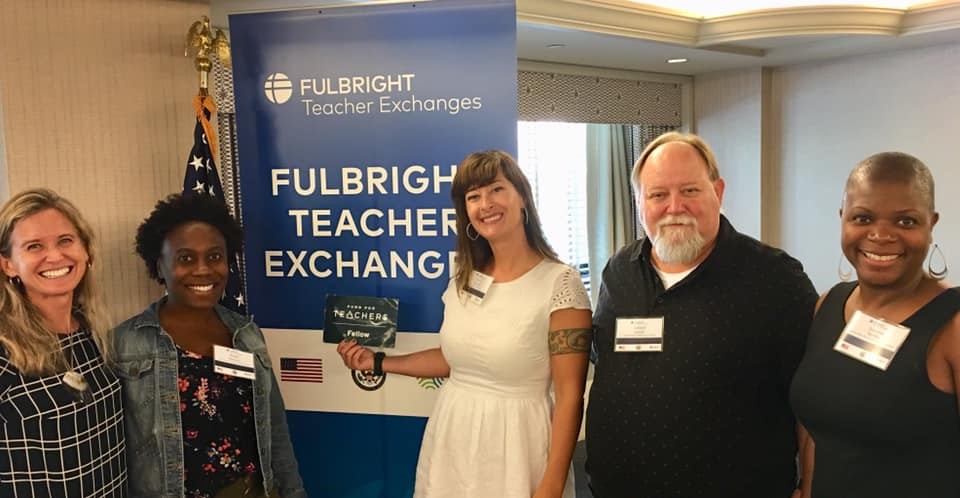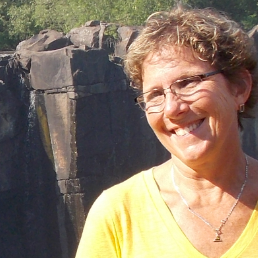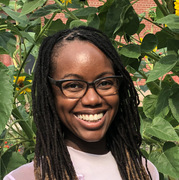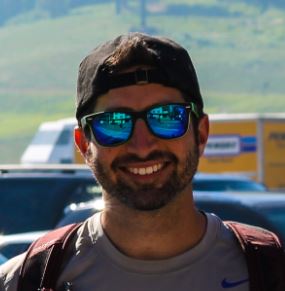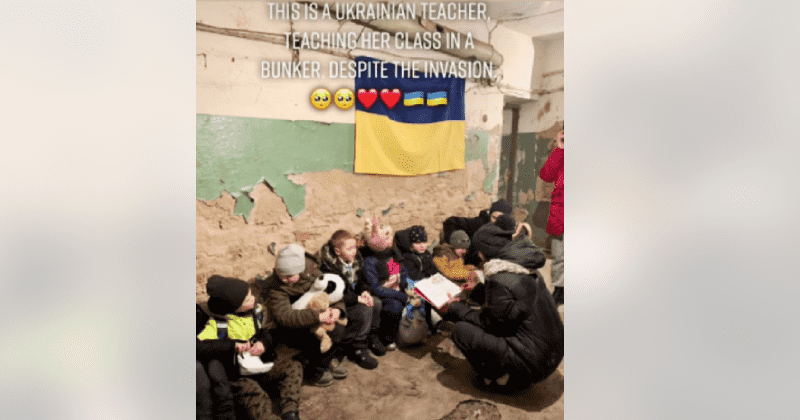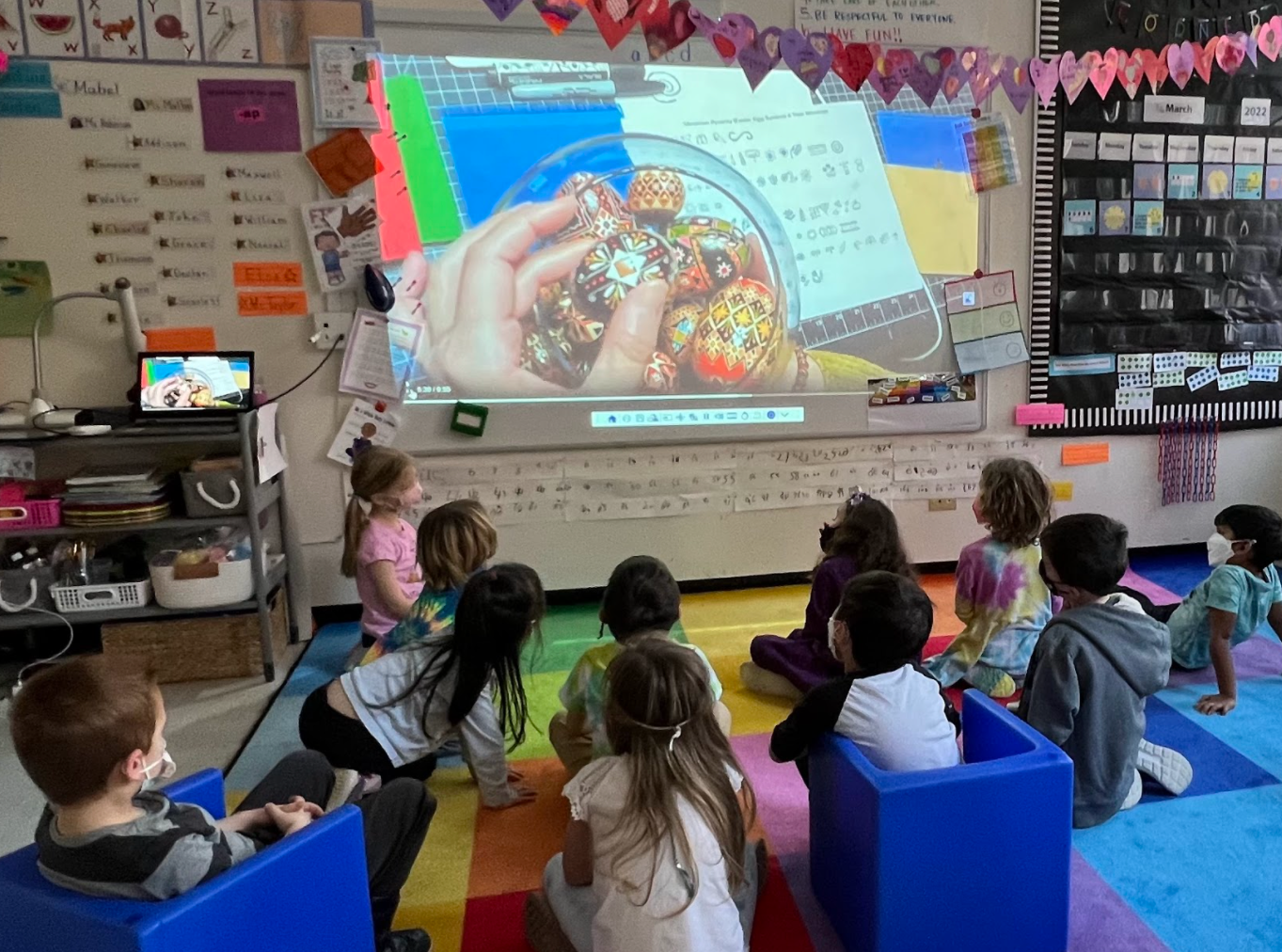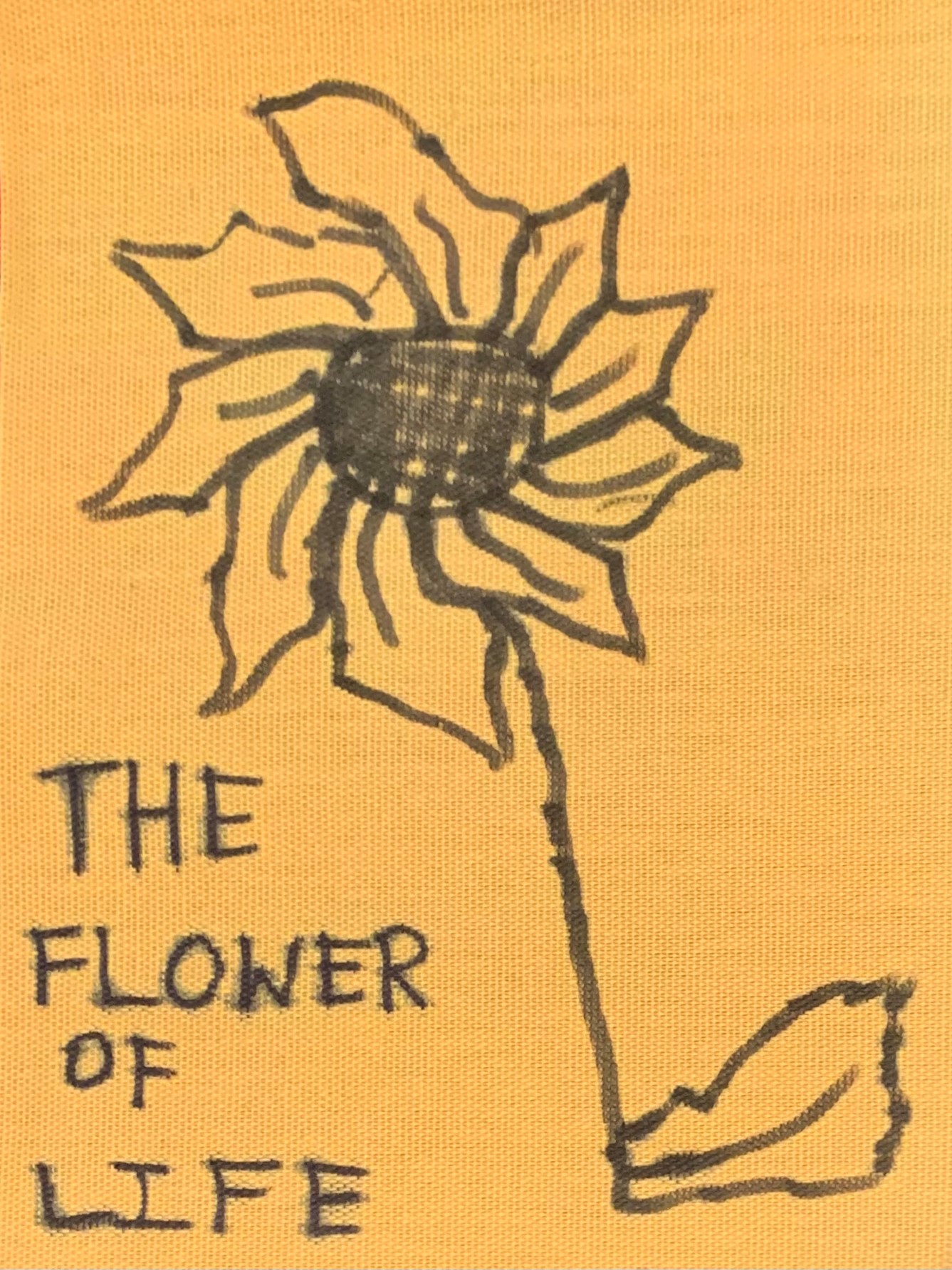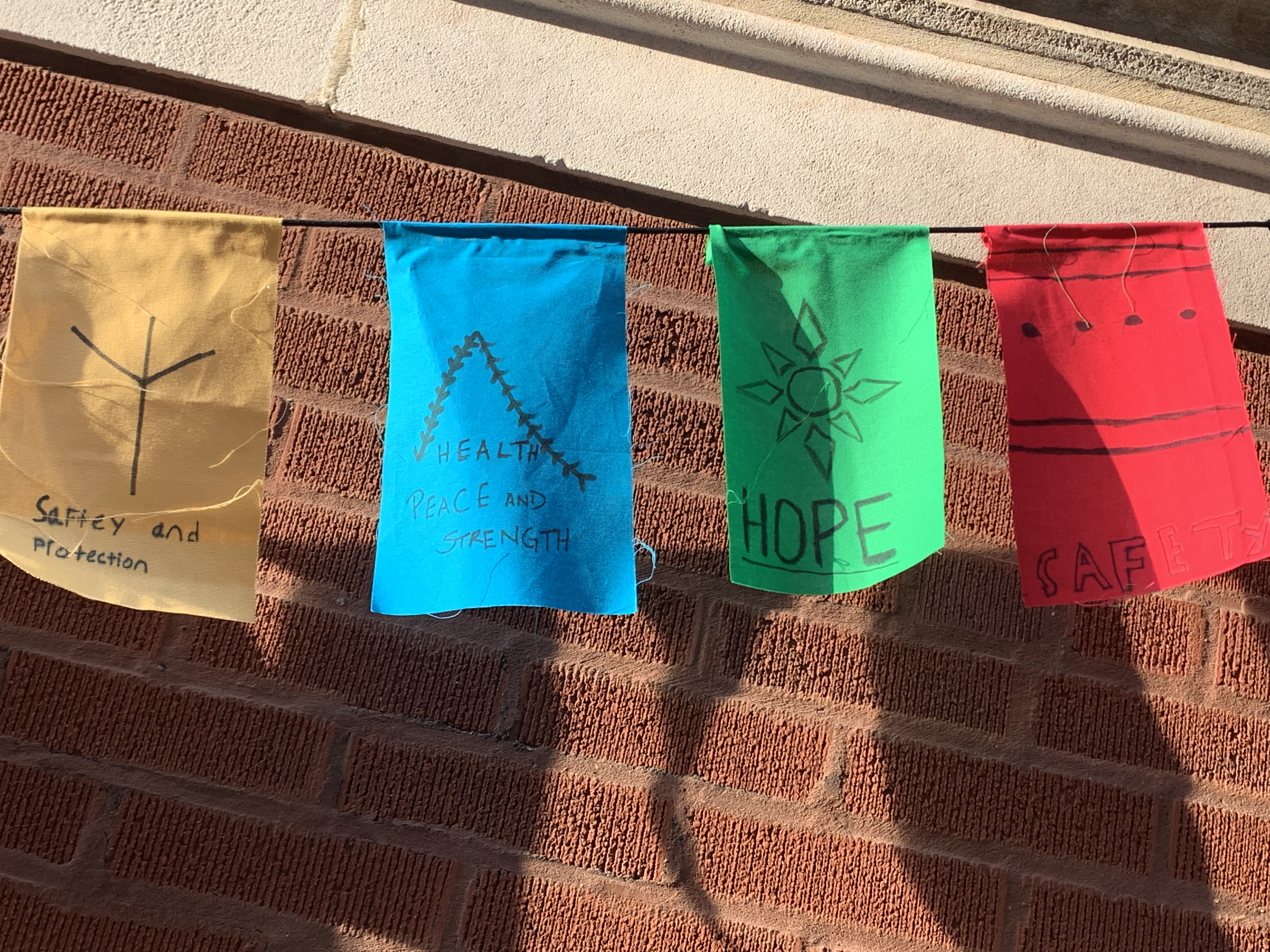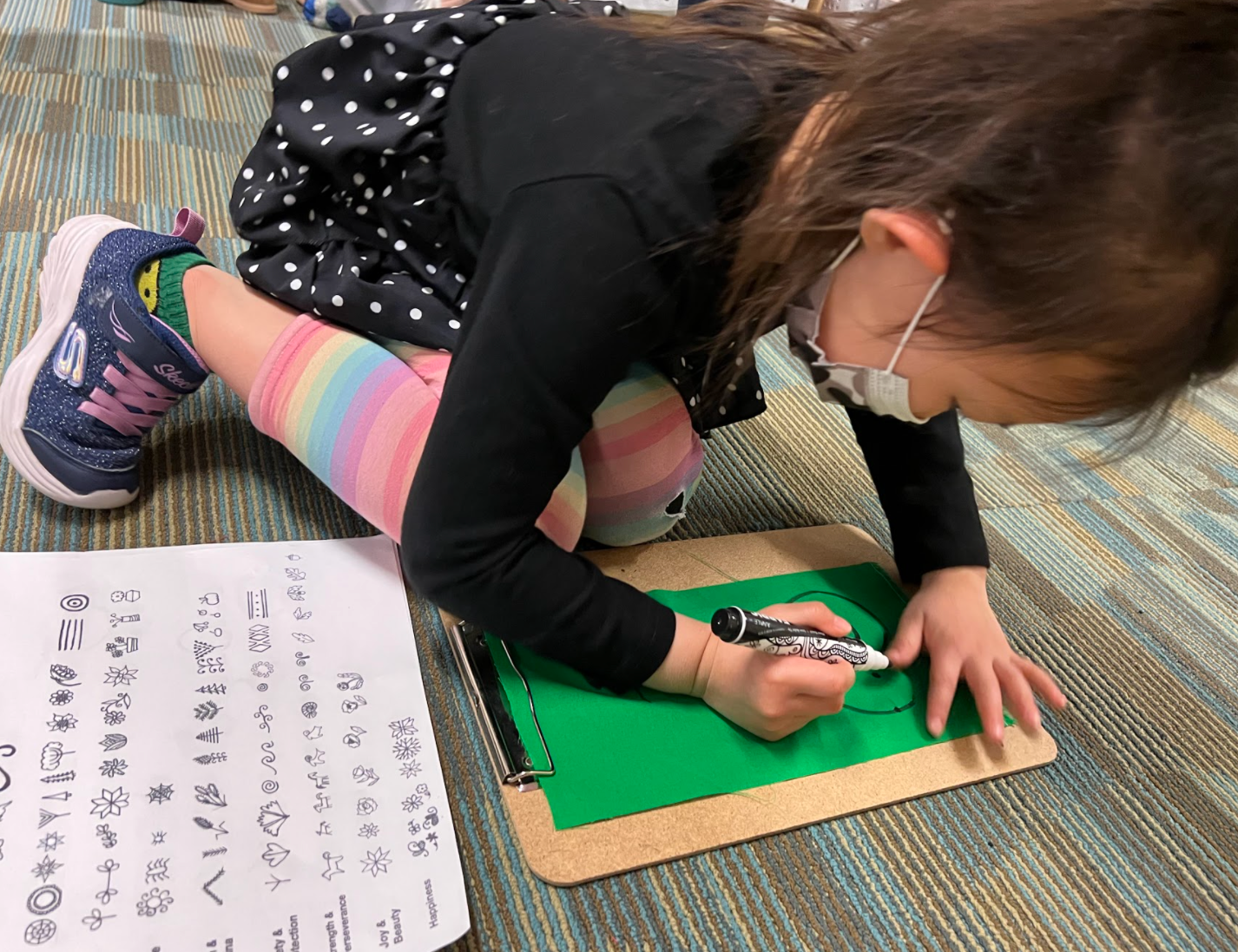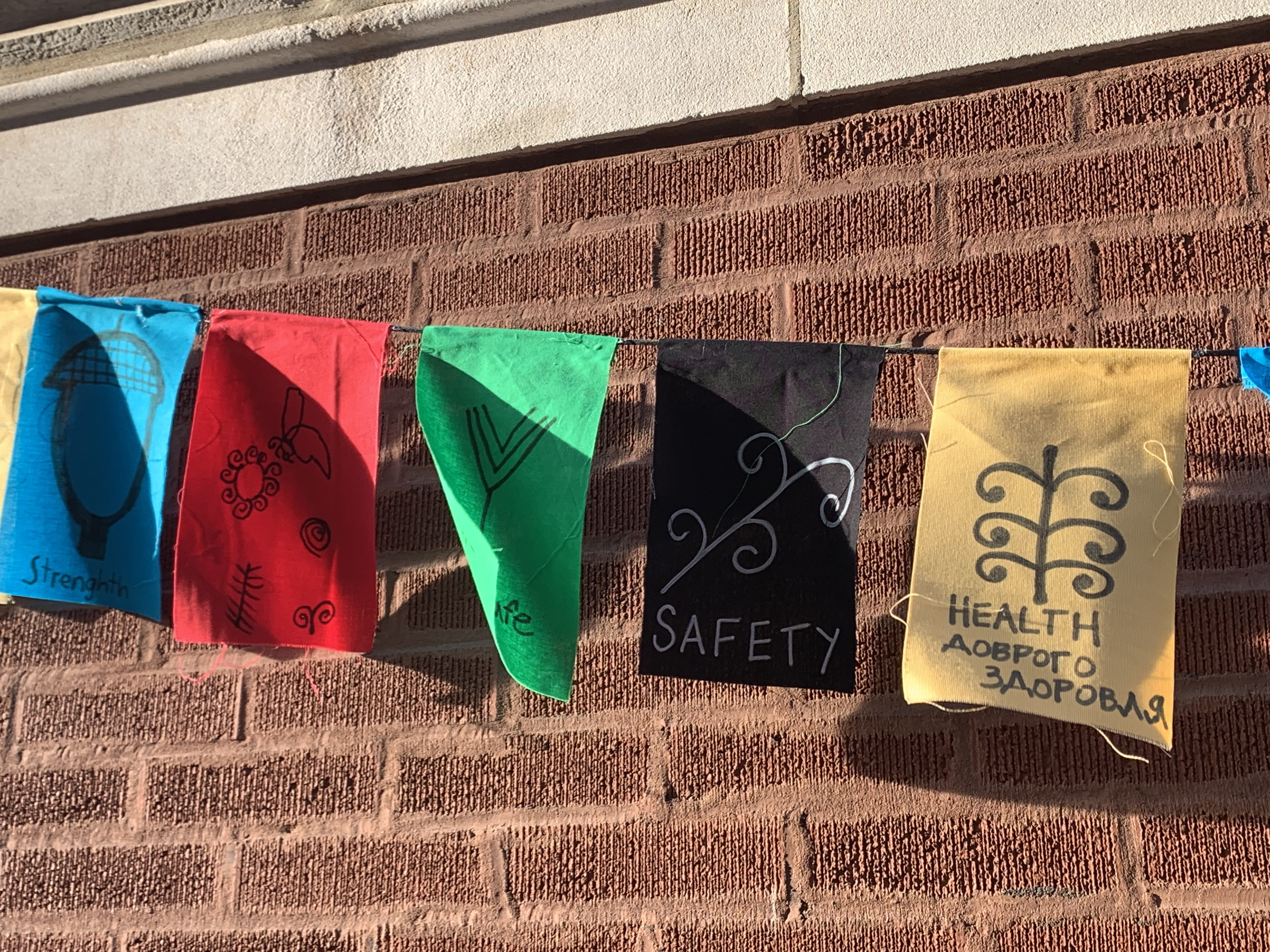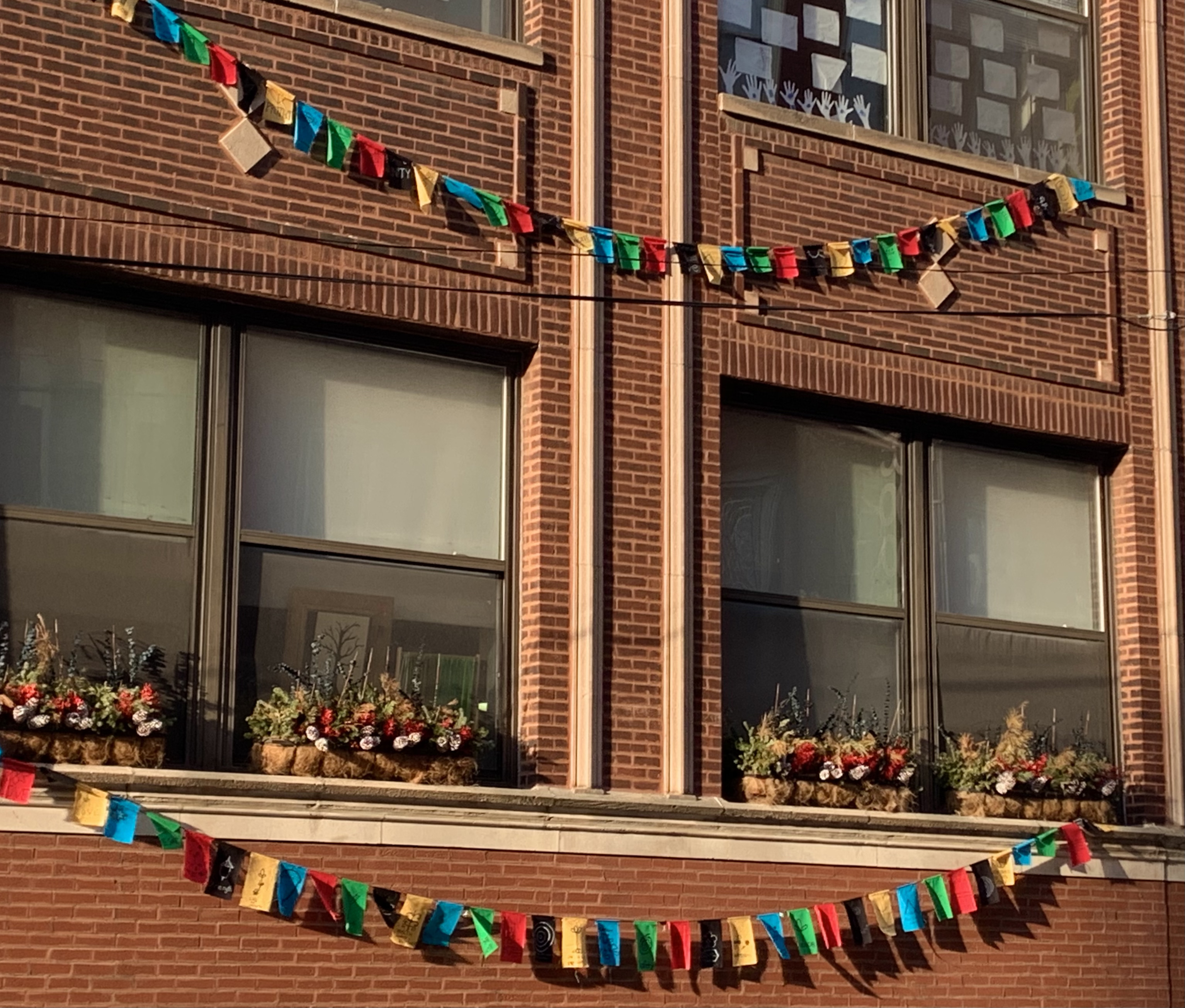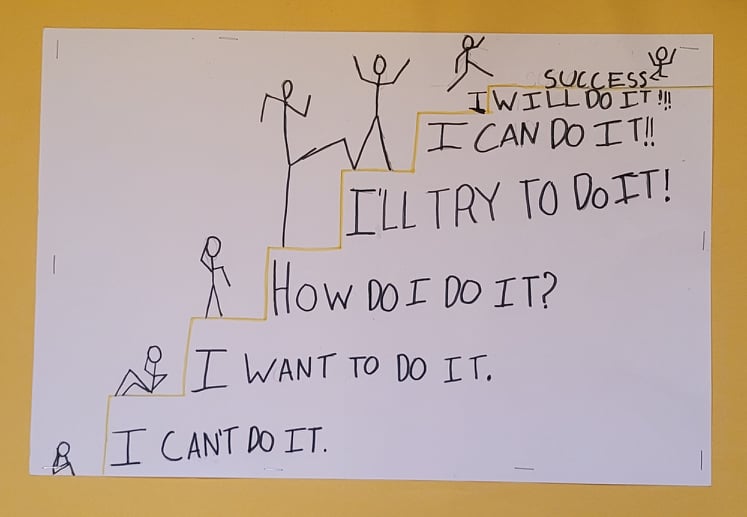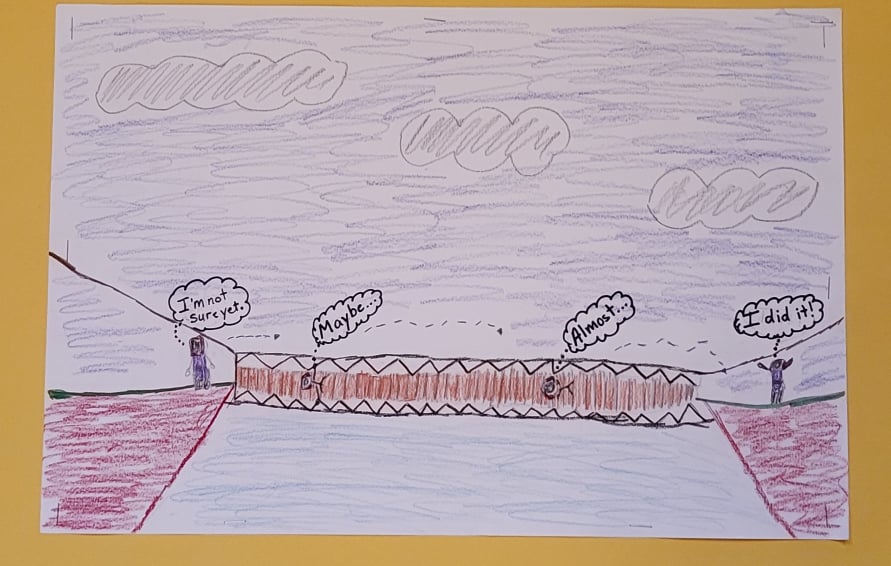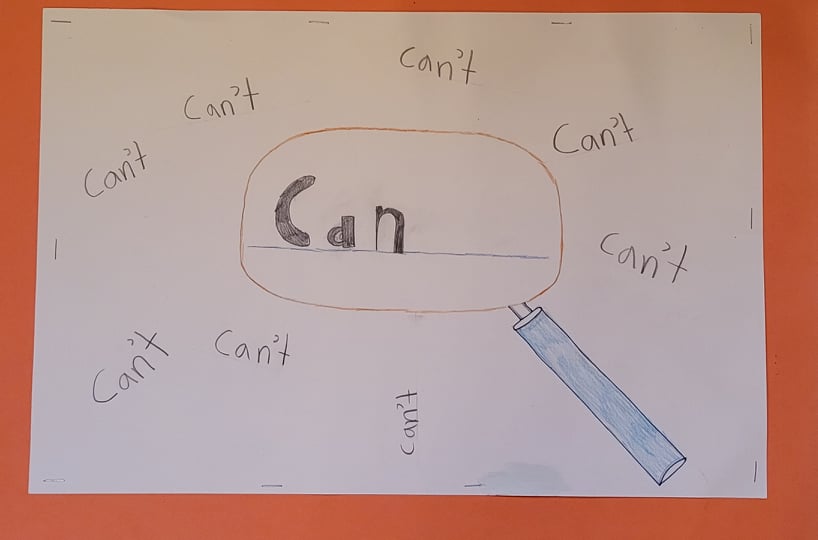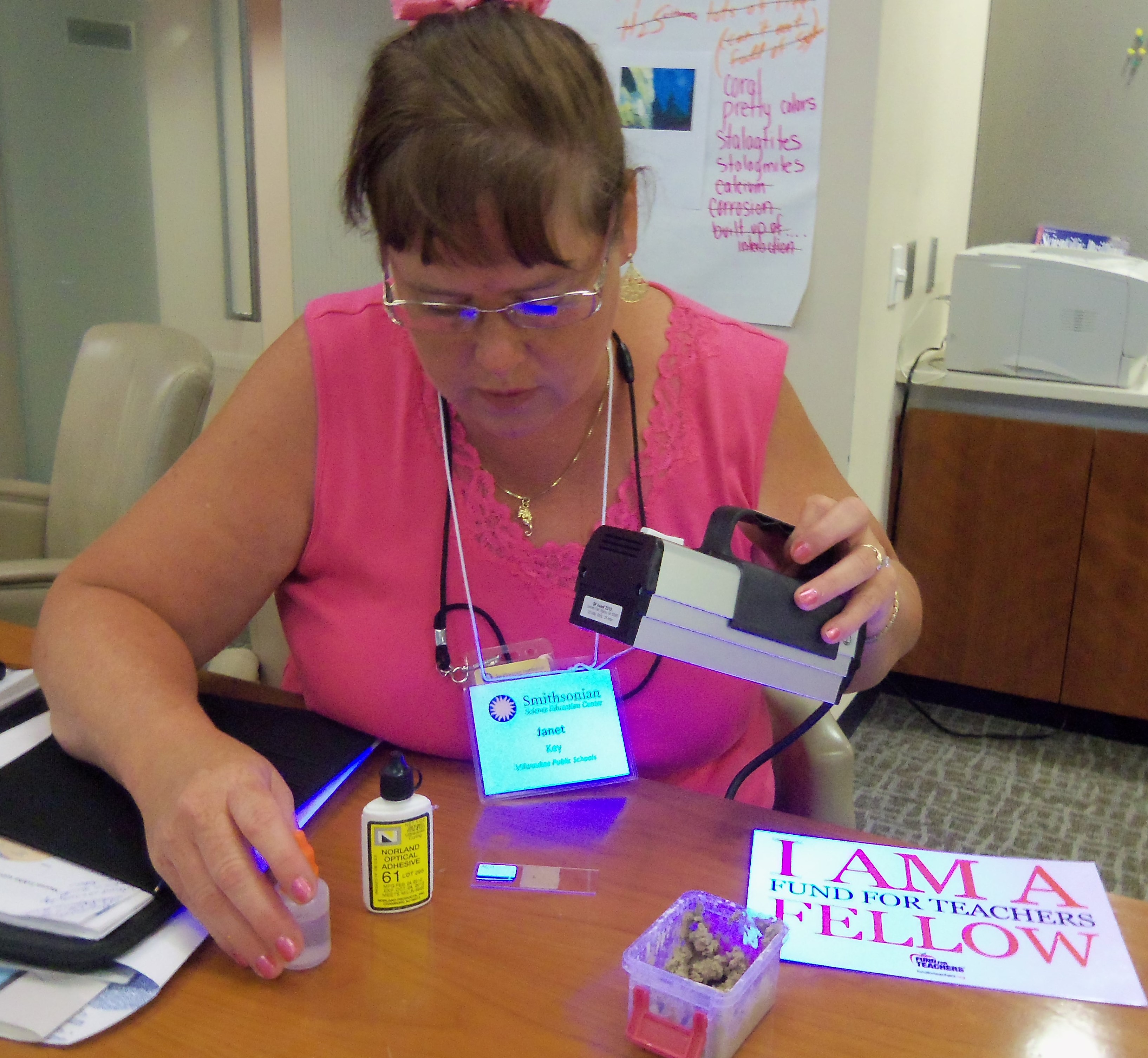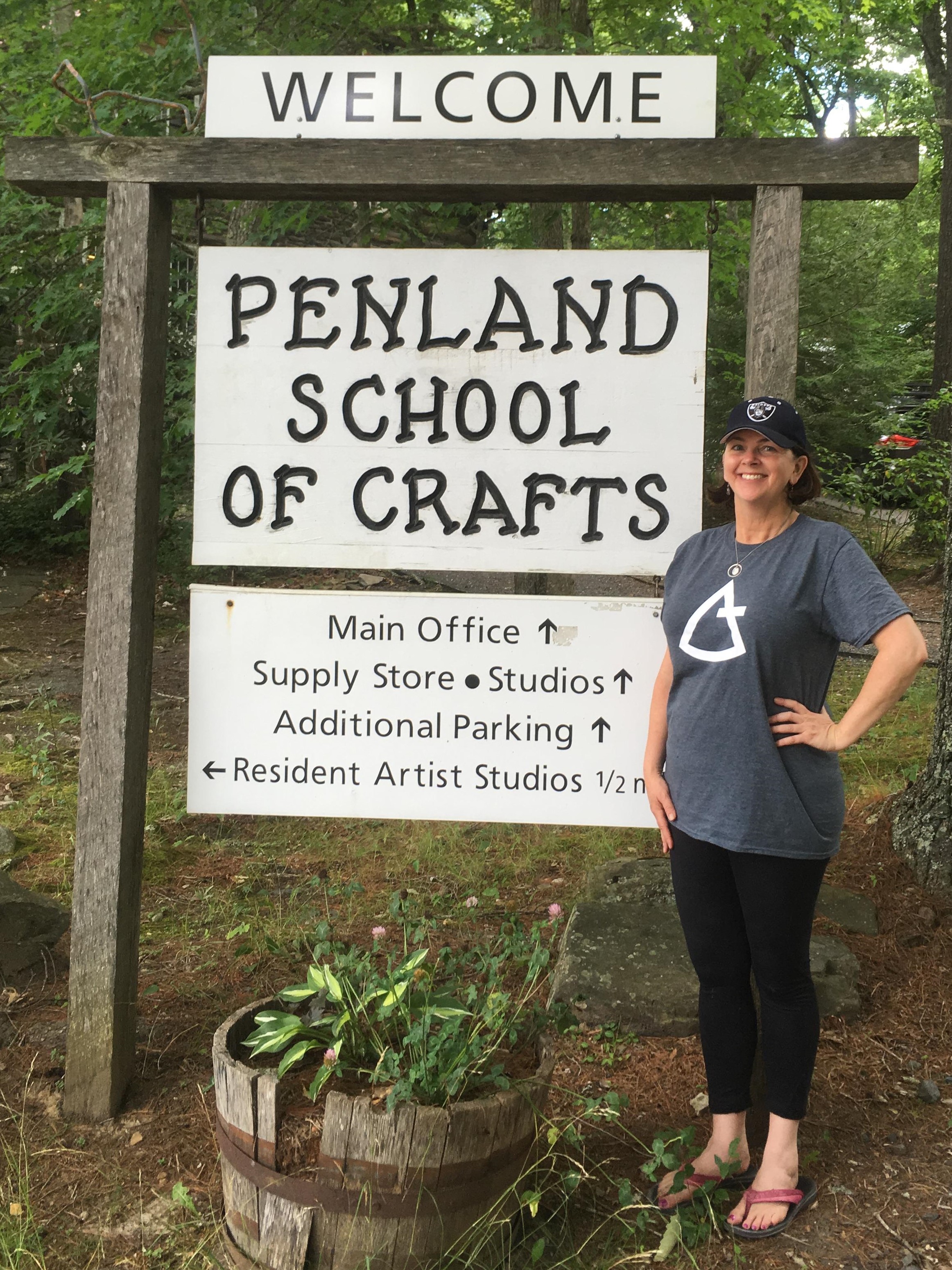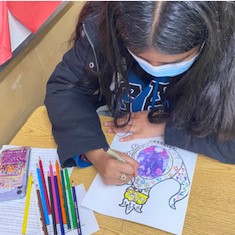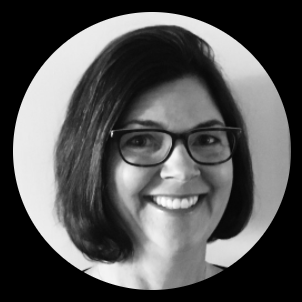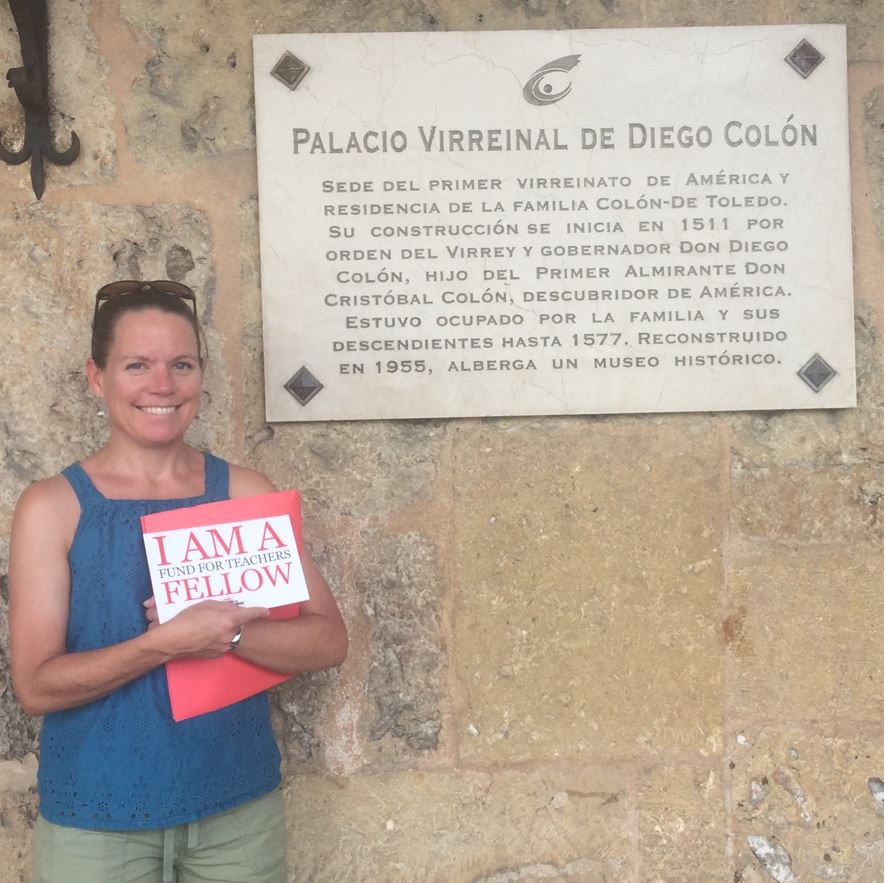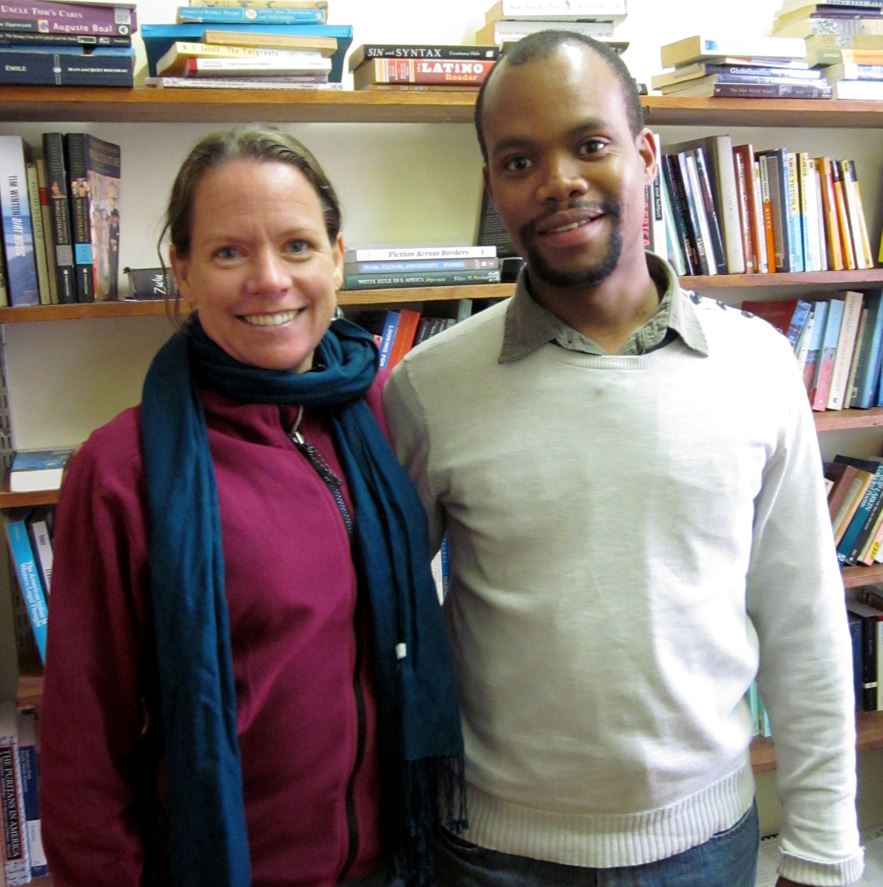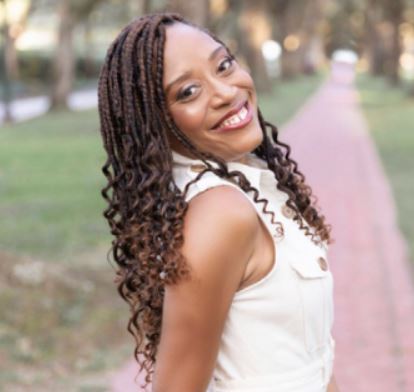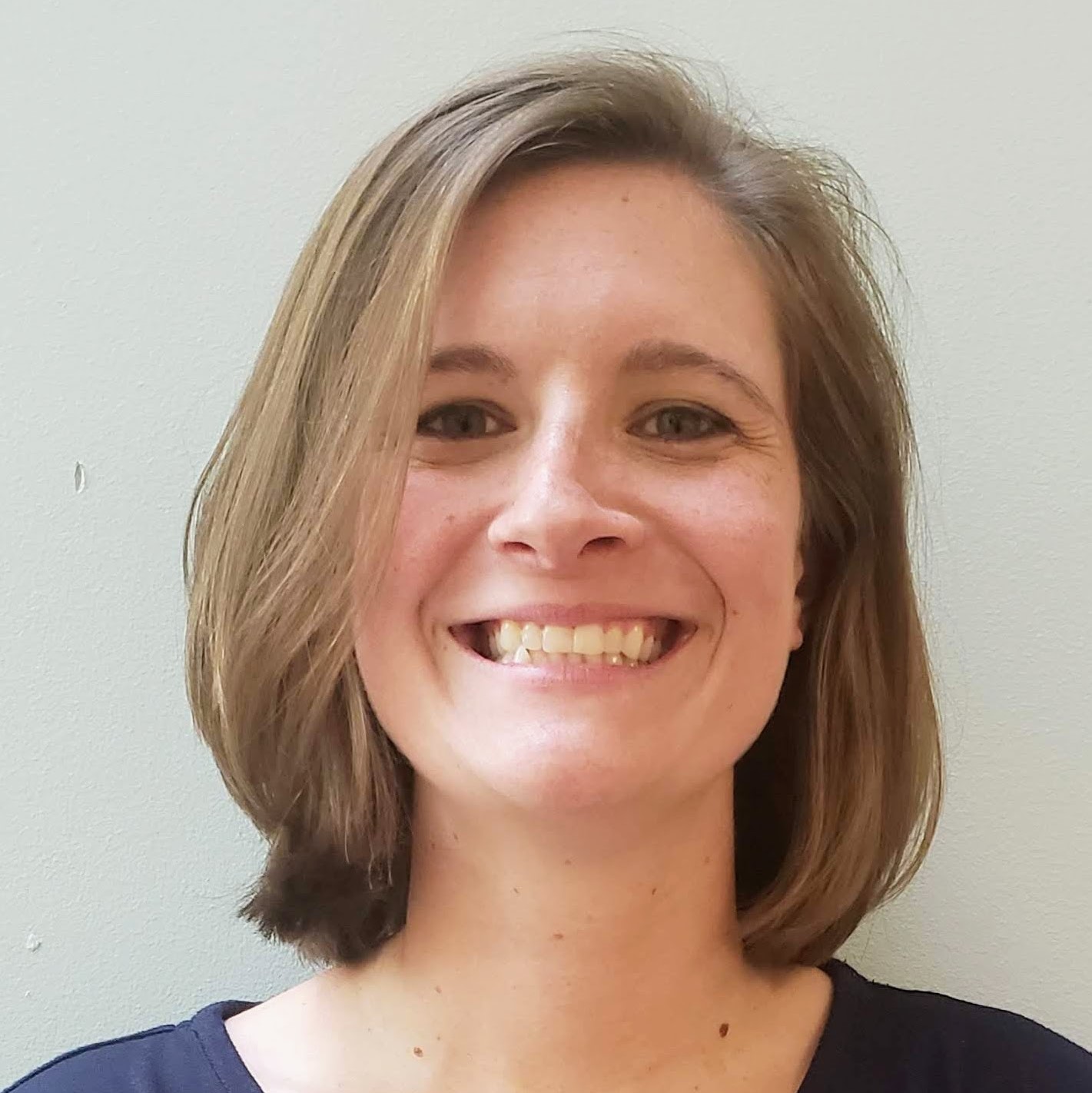 To introduce you to our newest grant recipients, we’ve started Fellow Friday. Last week, we highlighted fellowships focused on Astronomy. Today, we focus on one particular fellowship with implications on food and food security, sustainable agriculture, climate change mitigation, poverty reduction and rural job creation. That’s a lot of pressure on the back of an insect with no knees.
To introduce you to our newest grant recipients, we’ve started Fellow Friday. Last week, we highlighted fellowships focused on Astronomy. Today, we focus on one particular fellowship with implications on food and food security, sustainable agriculture, climate change mitigation, poverty reduction and rural job creation. That’s a lot of pressure on the back of an insect with no knees.
Laura Wilmoth (Oak Ridge High School – Oakridge, TN) designed a fellowship to collaborate with Earthwatch scientists researching in Utah how human behavior is impacting the bee population and ecosystem to develop a citizen science project for biology and environmental science students that builds trust in science through scientific literacy.
Click here for a complete list of grant recipients
Laura’s motivation was not to prop up World Bee Day (which the United Nations declared as today, May 20) but to prop up the validation of science. She explains:
“As a high school biology and environmental science teacher, scientific literacy including critical thinking and problem solving is at the core of my mission as an educator. However, just as we have seen throughout the nation in the last 18 months, I have many students whose parents, grandparents, or other care takers have recently begun expressing a strong mistrust of science for a variety of reasons,” wrote Laura, who holds an undergraduate degree in biology and a Master’s degree in ecology and evolutionary biology. “If we build a generation of students with a strong science foundation then they will be able to carry those skills into adulthood. As a society, we will no doubt be more prepared to tackle and make informed decisions about some of the most pressing issues facing the world today.”
For two weeks, Laura’s days will bee spent on specimen surveys, scouting wildflower/pollinators, preserving genetic tissue, collecting seeds and related tasks undertaken by researchers. Evenings will be spent listening to lectures by resident scientists.
But why bees?
“Species are facing dramatic declines that have many scientists calling this time period our 6th mass extinction. Some species, called keystone species, have a central role in maintaining the health of the ecosystem,” said Laura. “Bees are keystone species because of their role as pollinators, and therefore, declines in the bee population can have wide ranging implications for ecosystem health and human food resources.”
And, because upon returning to the classroom, Laura plans on developing a project based learning, citizen science project around pollinators so students can experience hands-on science with real-world impact.
“Ultimately, if the data we collect helps in some way protect the bees, we will be benefiting the plants and animals as well as farmers in our community which can have a ripple effect on nearby ecosystems,” wrote Laura in her grant proposal. “Further, the lasting impacts of this experience on my students can improve the community and society as a whole in that students who take part will be more scientifically literate. Then, my students will develop into scientifically literate and curious people who will be better prepared to solve the problems of today and of the future.”
“Now more than ever, it is imperative that we invest in the most important component of any classroom — the teacher,” said Karen Eckhoff, Executive Director of FFT. “Educators are facing countless challenges every day, and Fund for Teachers is dedicated to further diversifying the ways that we can support them. Our grants represent trust in teachers’ professionalism, creativity, and vision, offering flexibility to meet the unique needs of each classroom, with the students remaining the ultimate beneficiaries as they continue to grow and learn in today’s ever-changing world.”
We look forward to introducing you to more 2022 FFT Fellows next Friday!
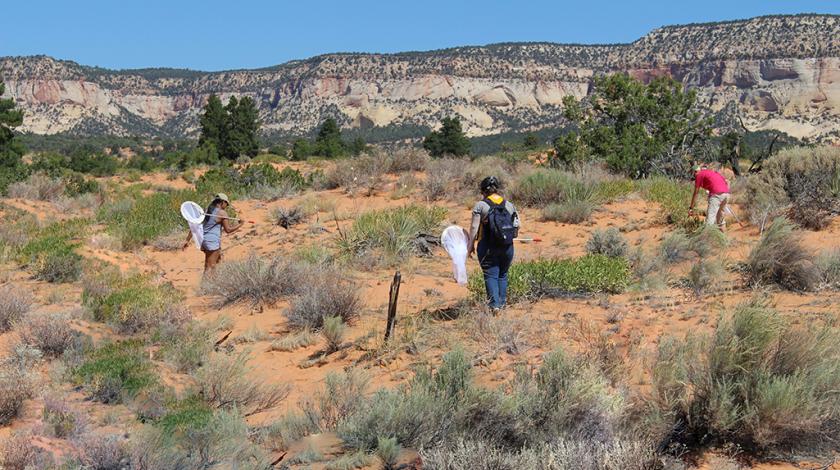
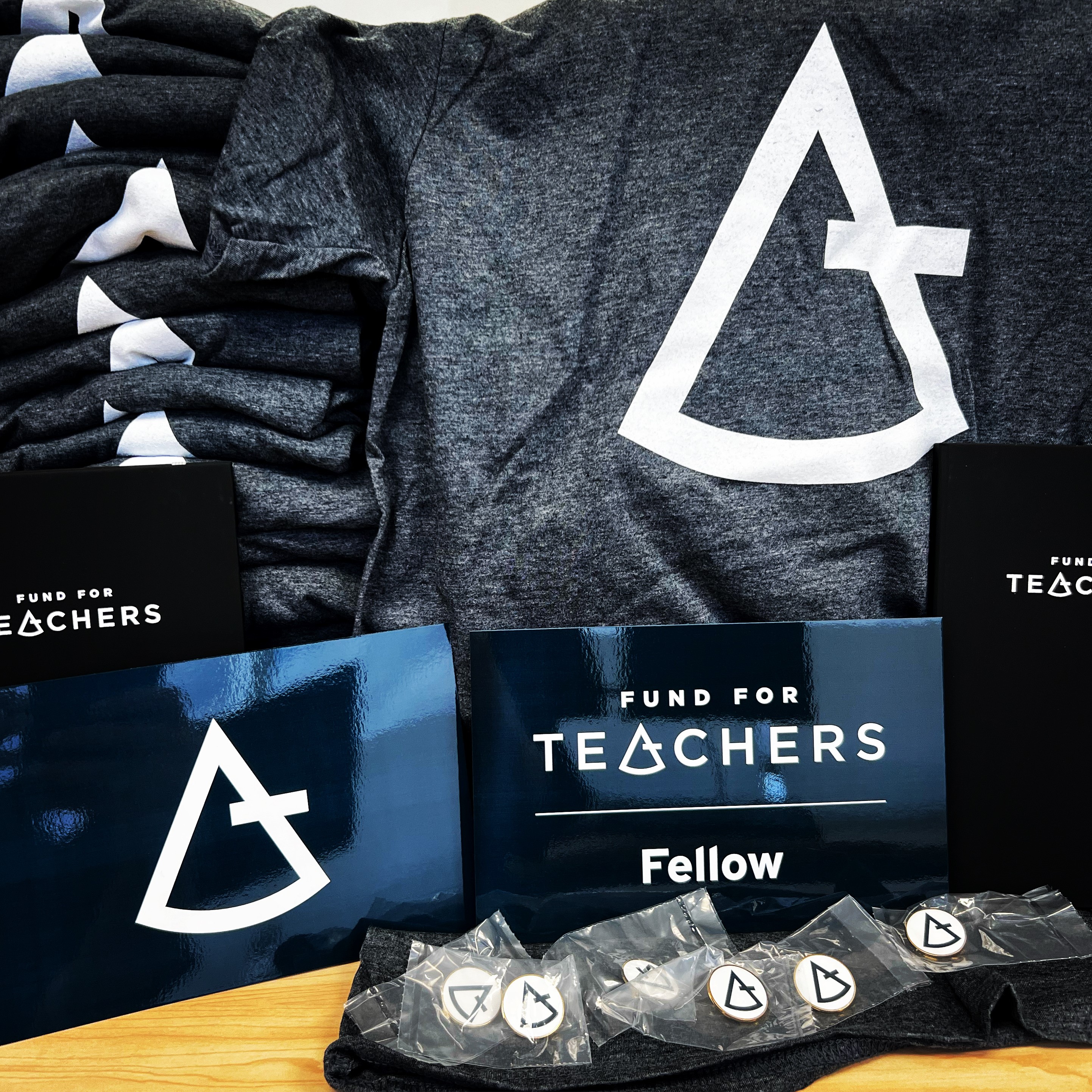
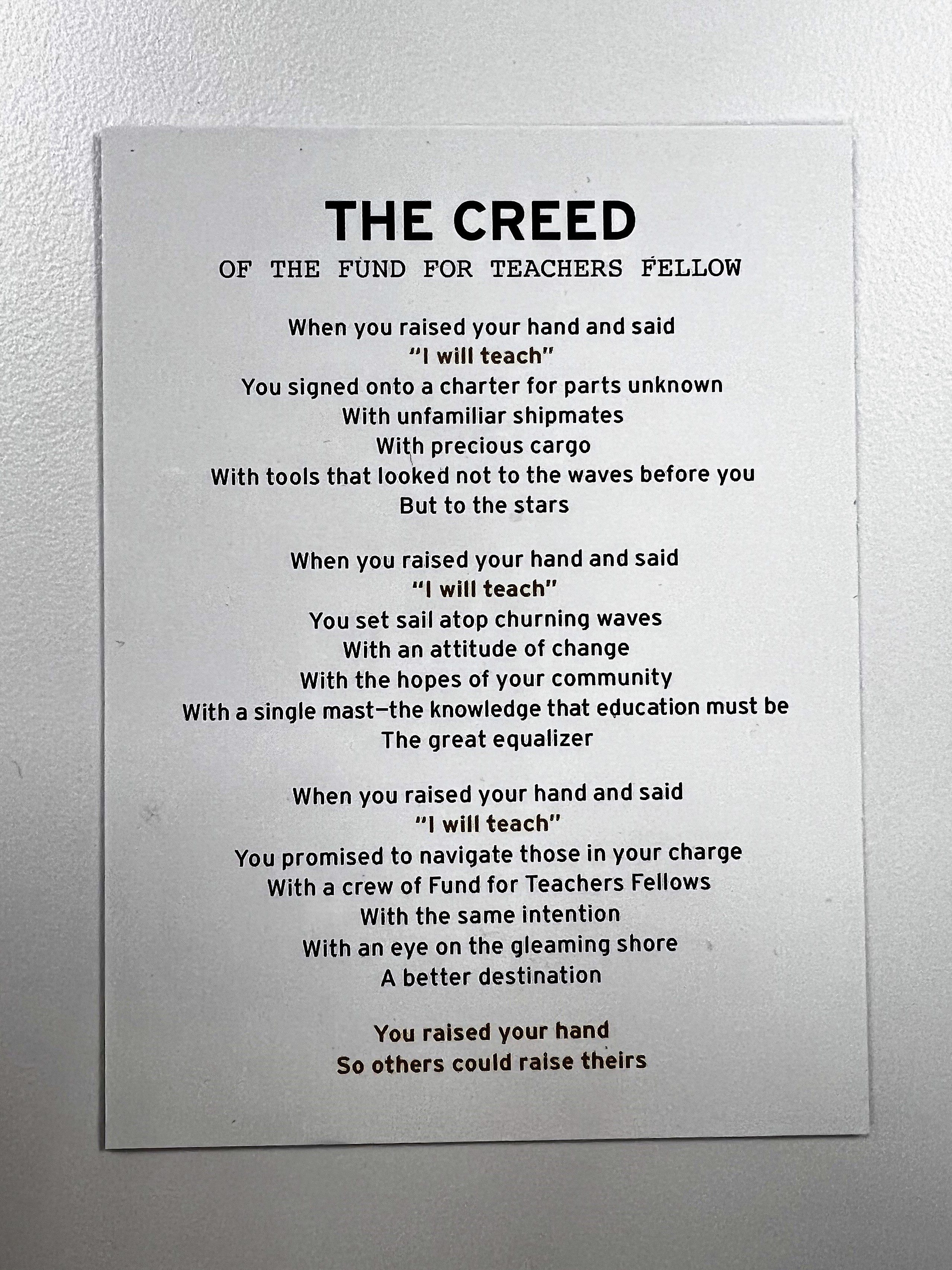
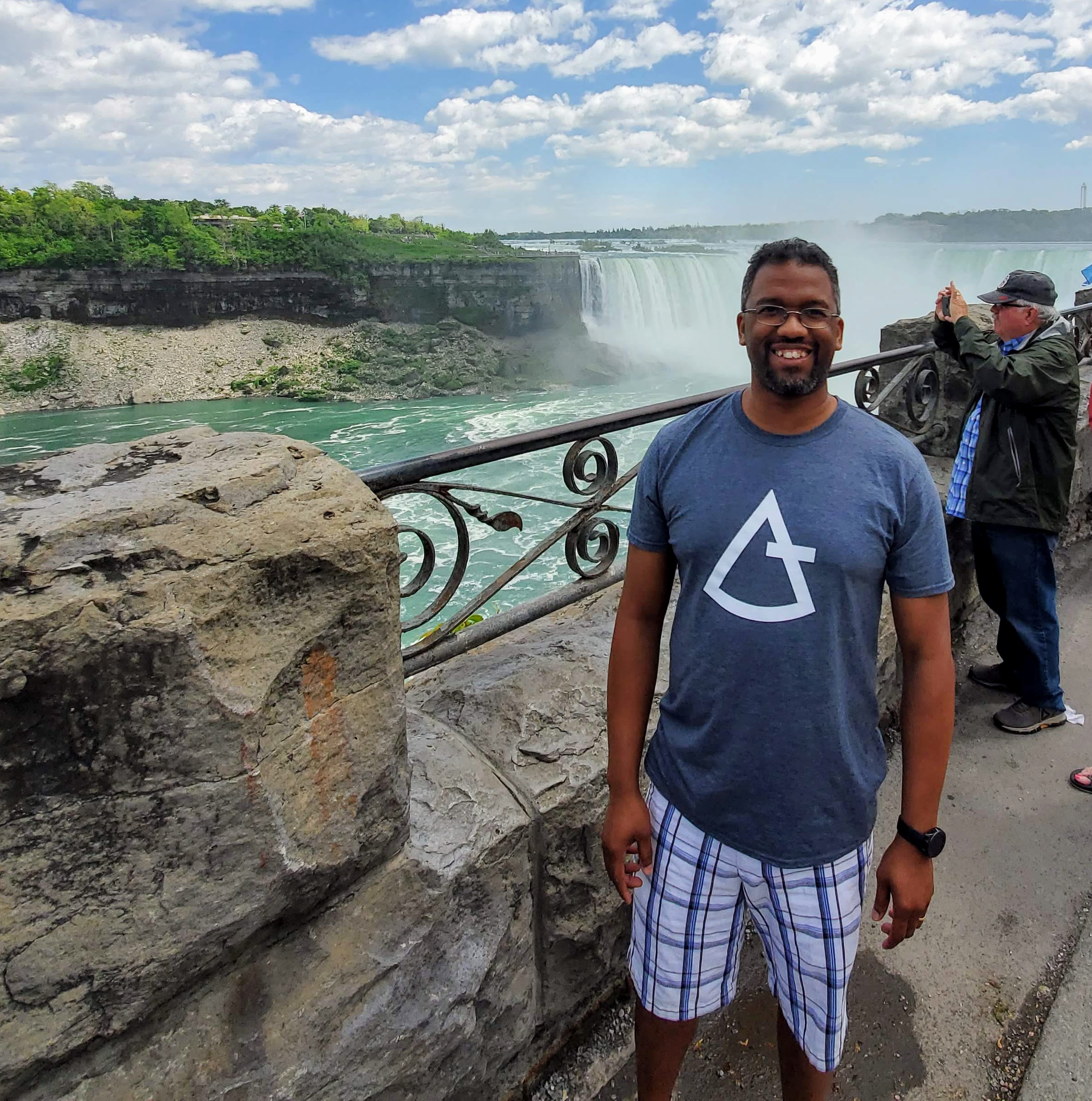
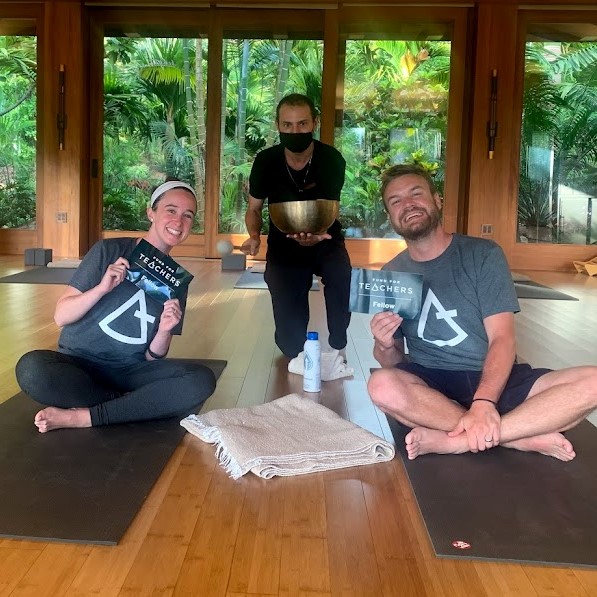

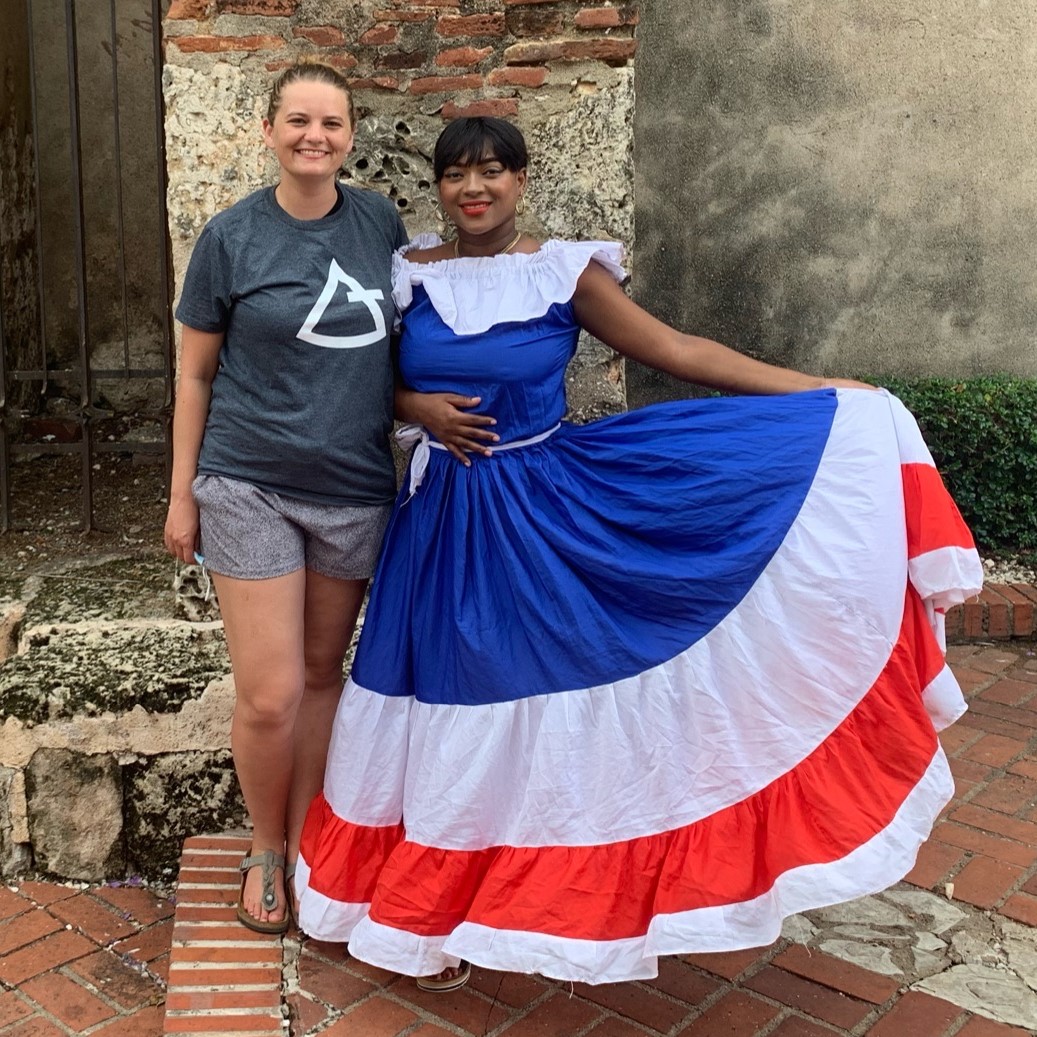
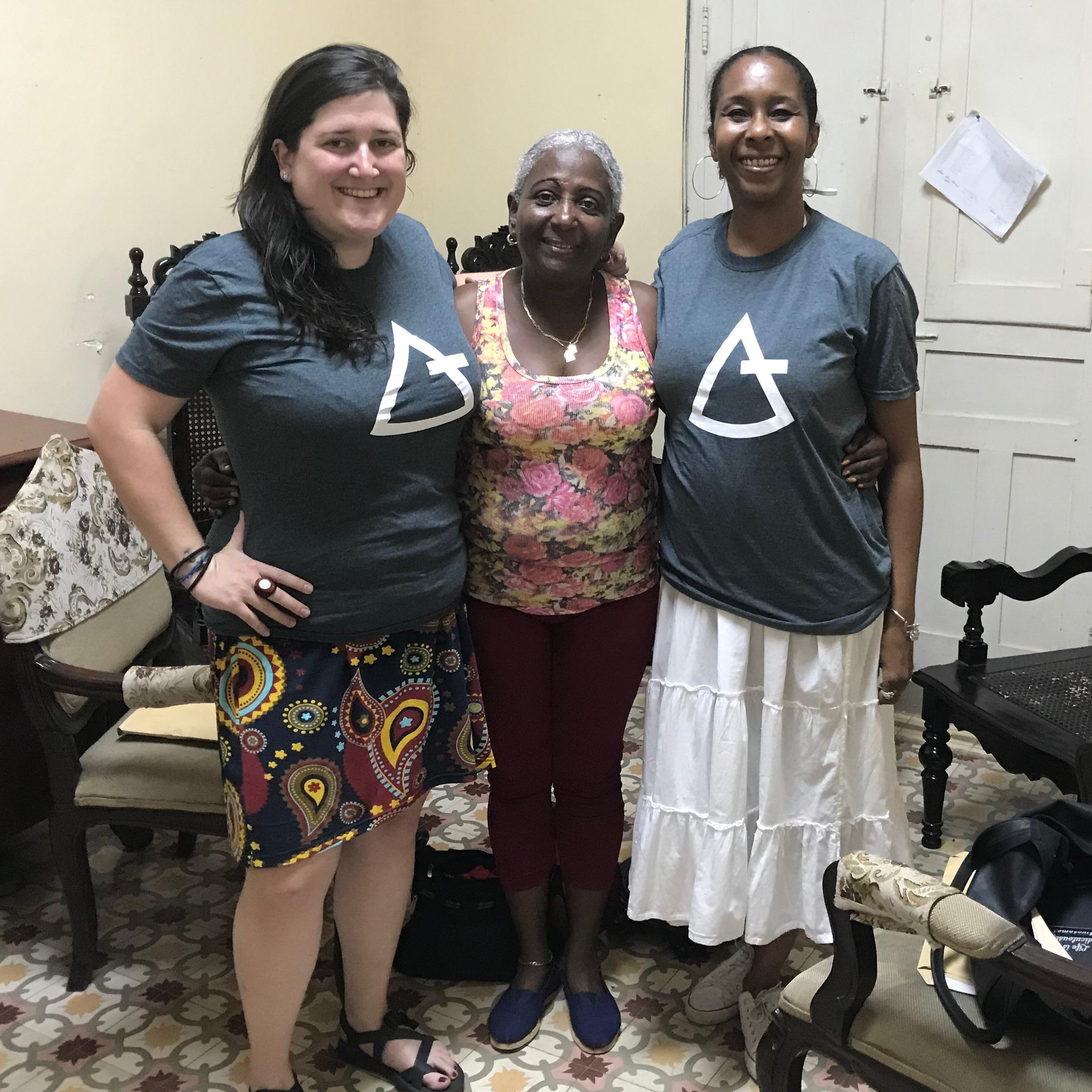
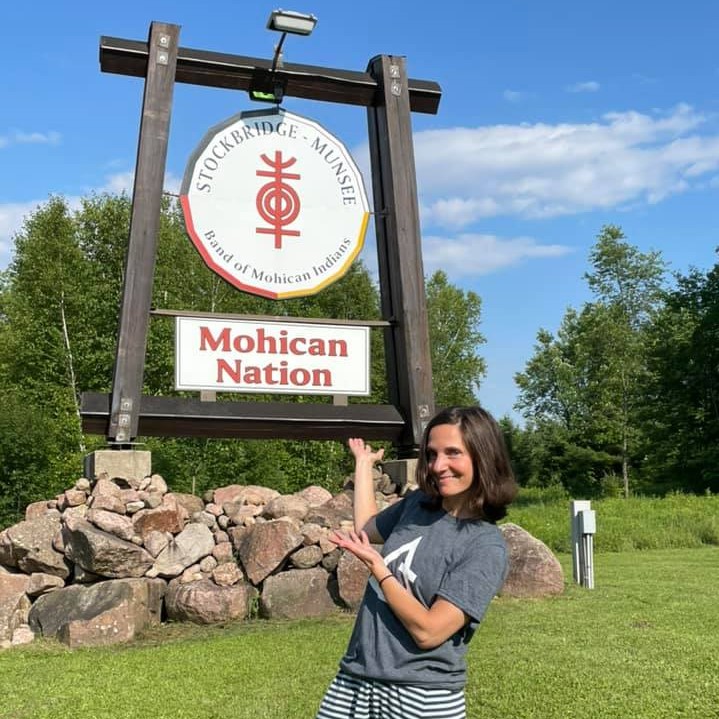
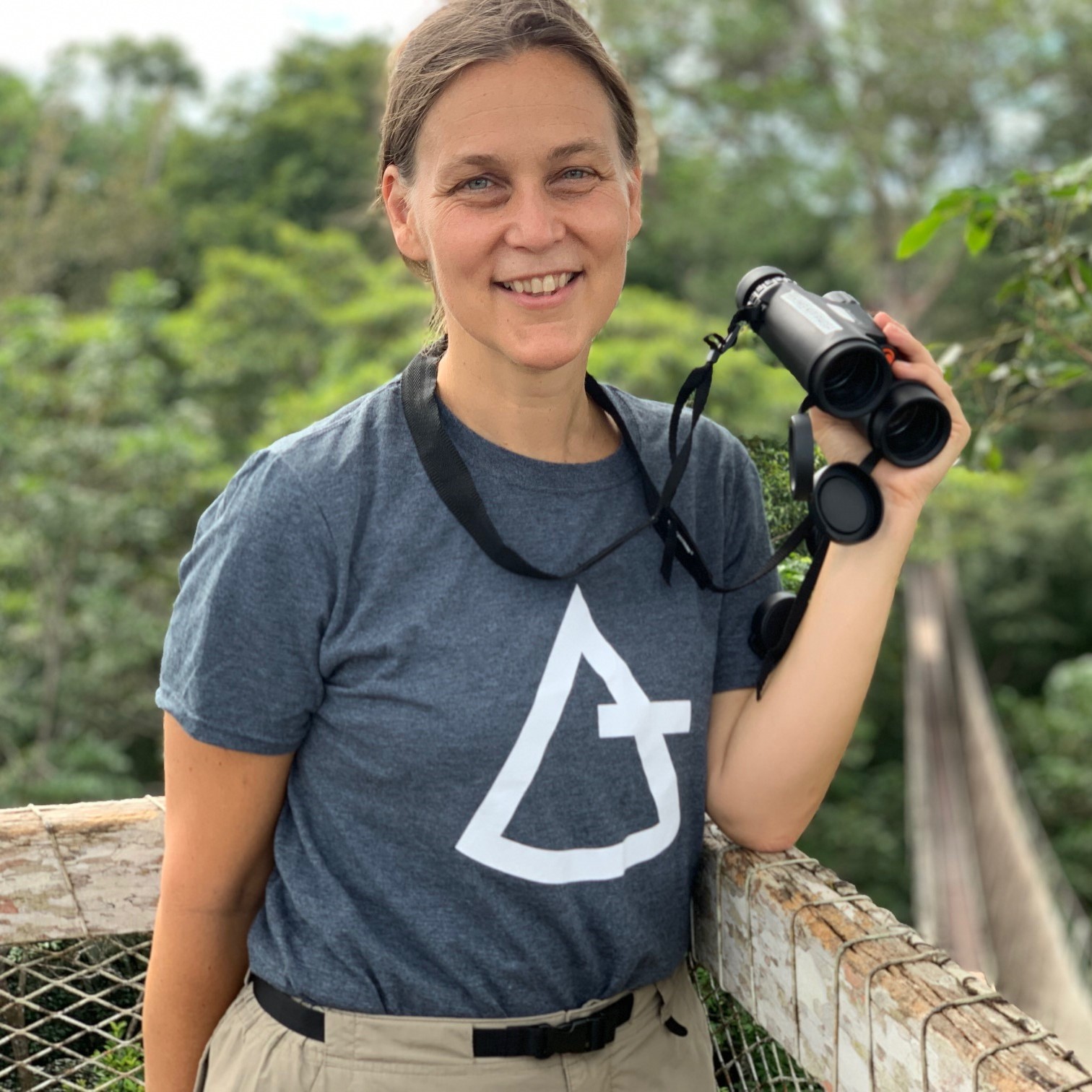
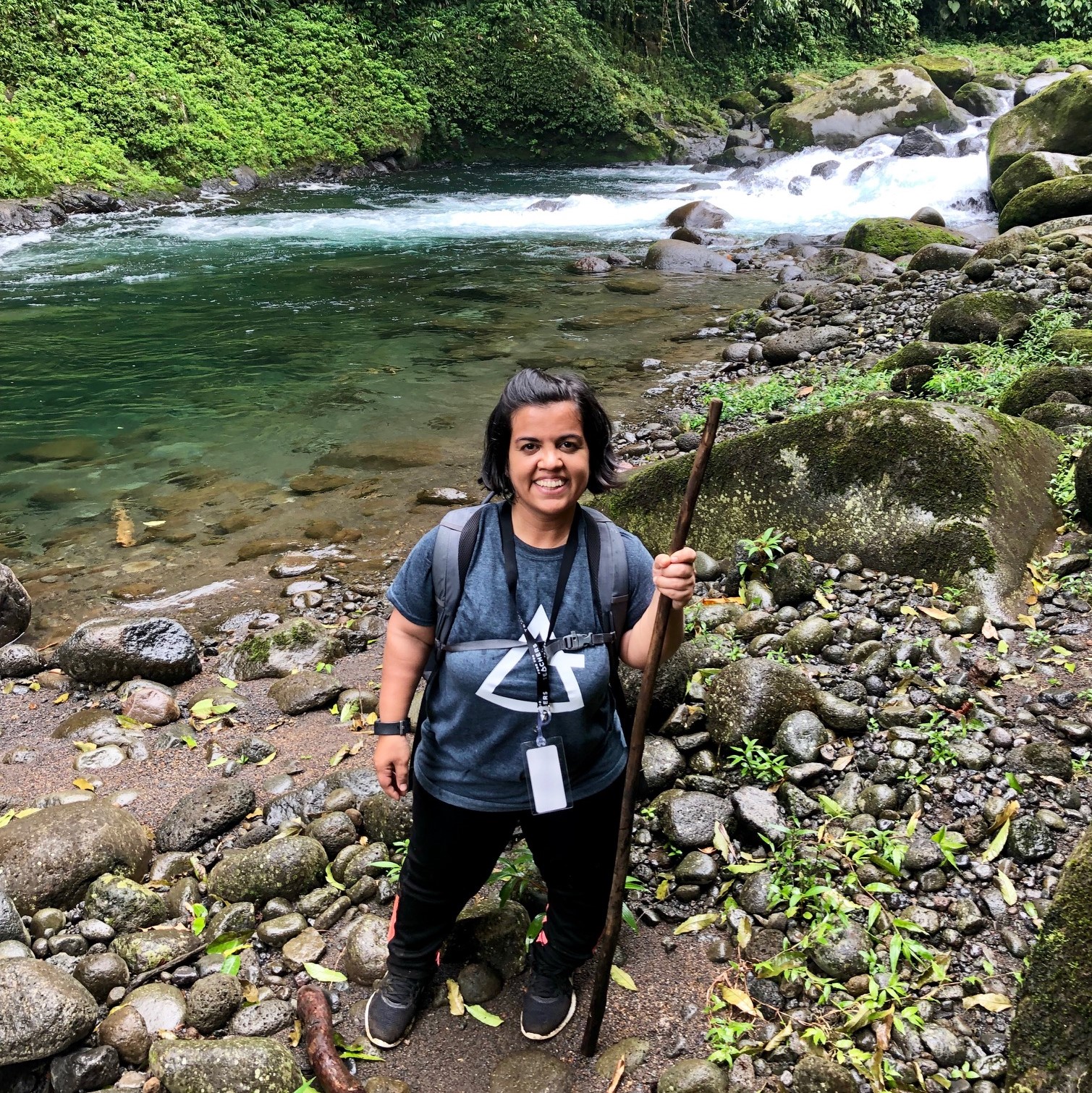
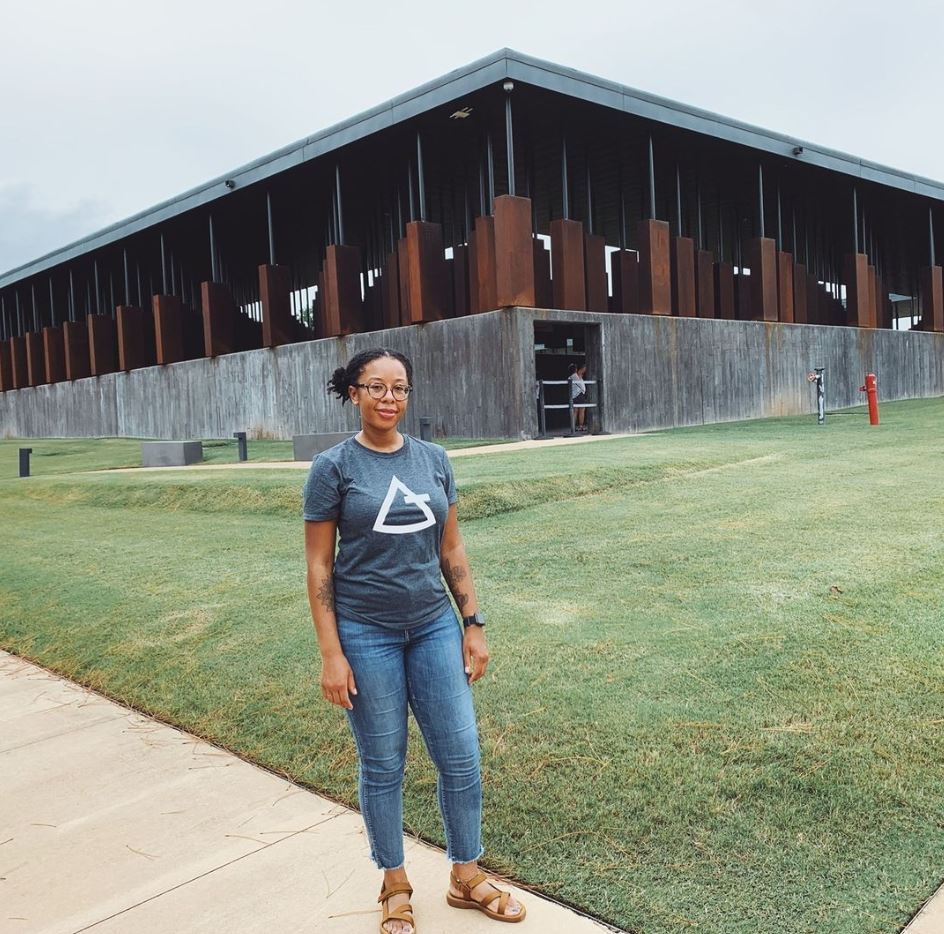
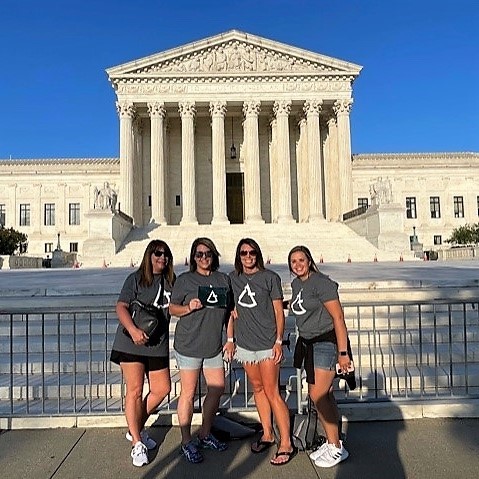

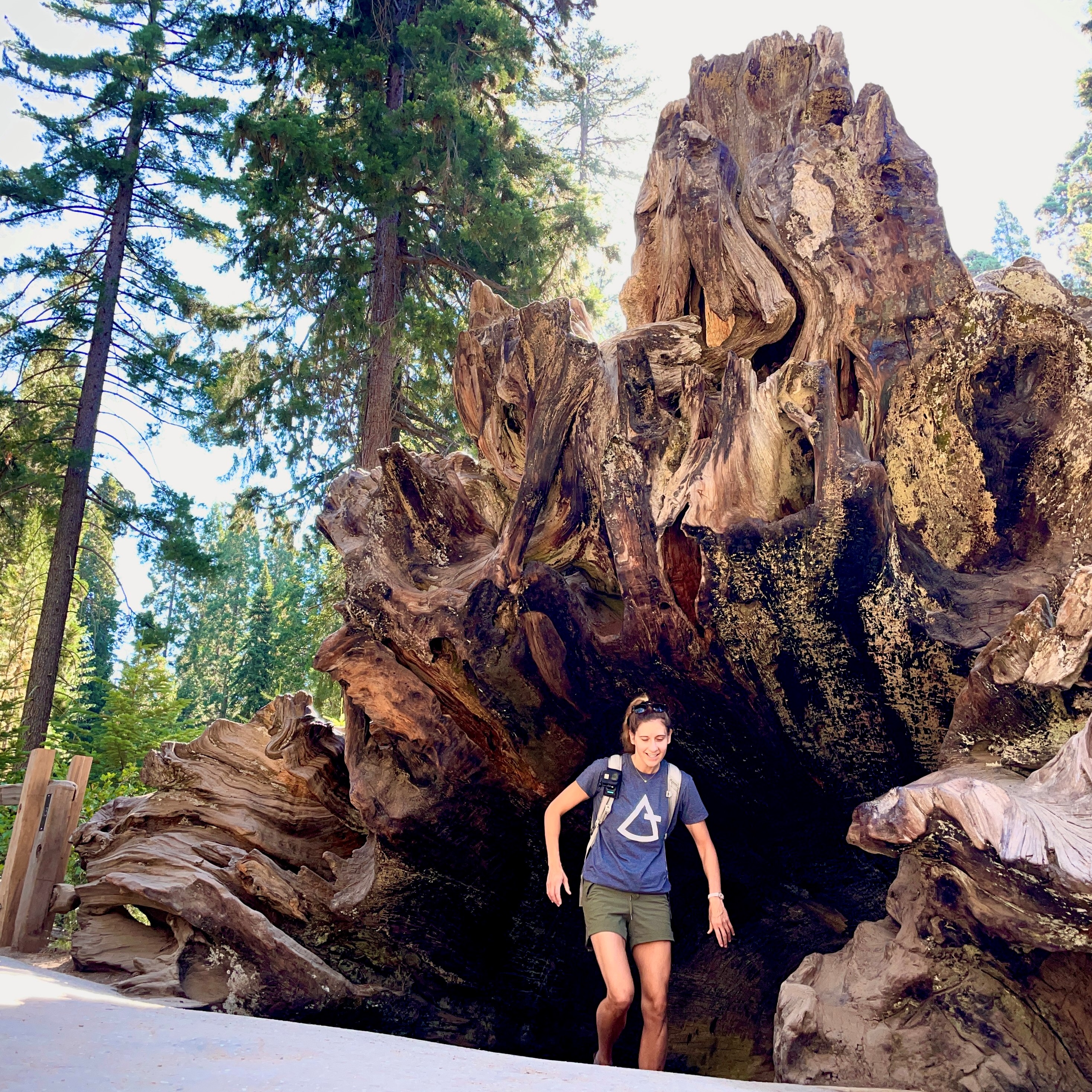
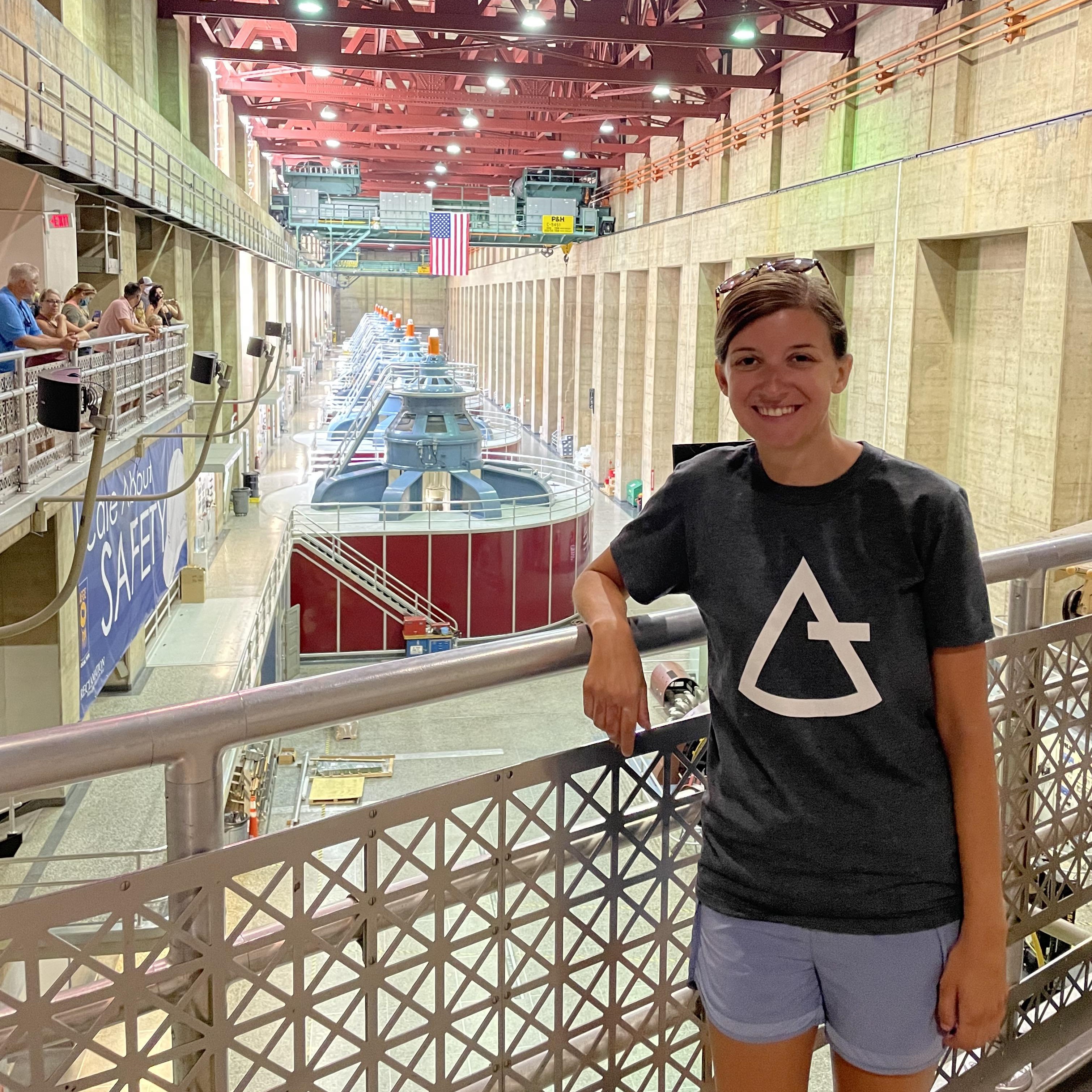
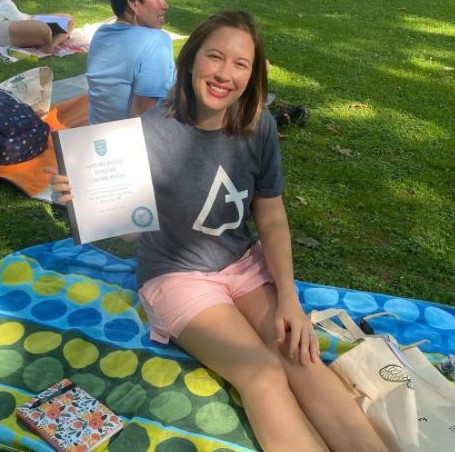


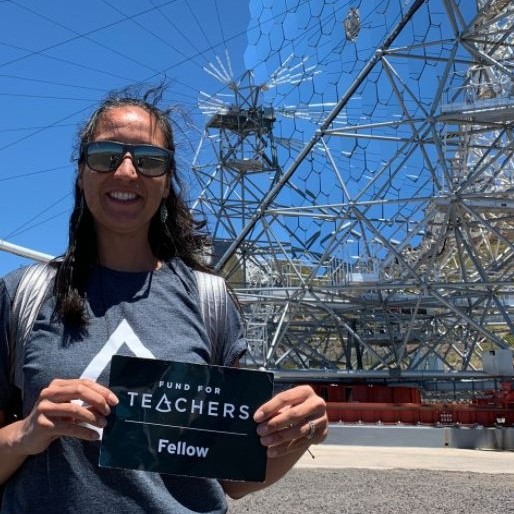

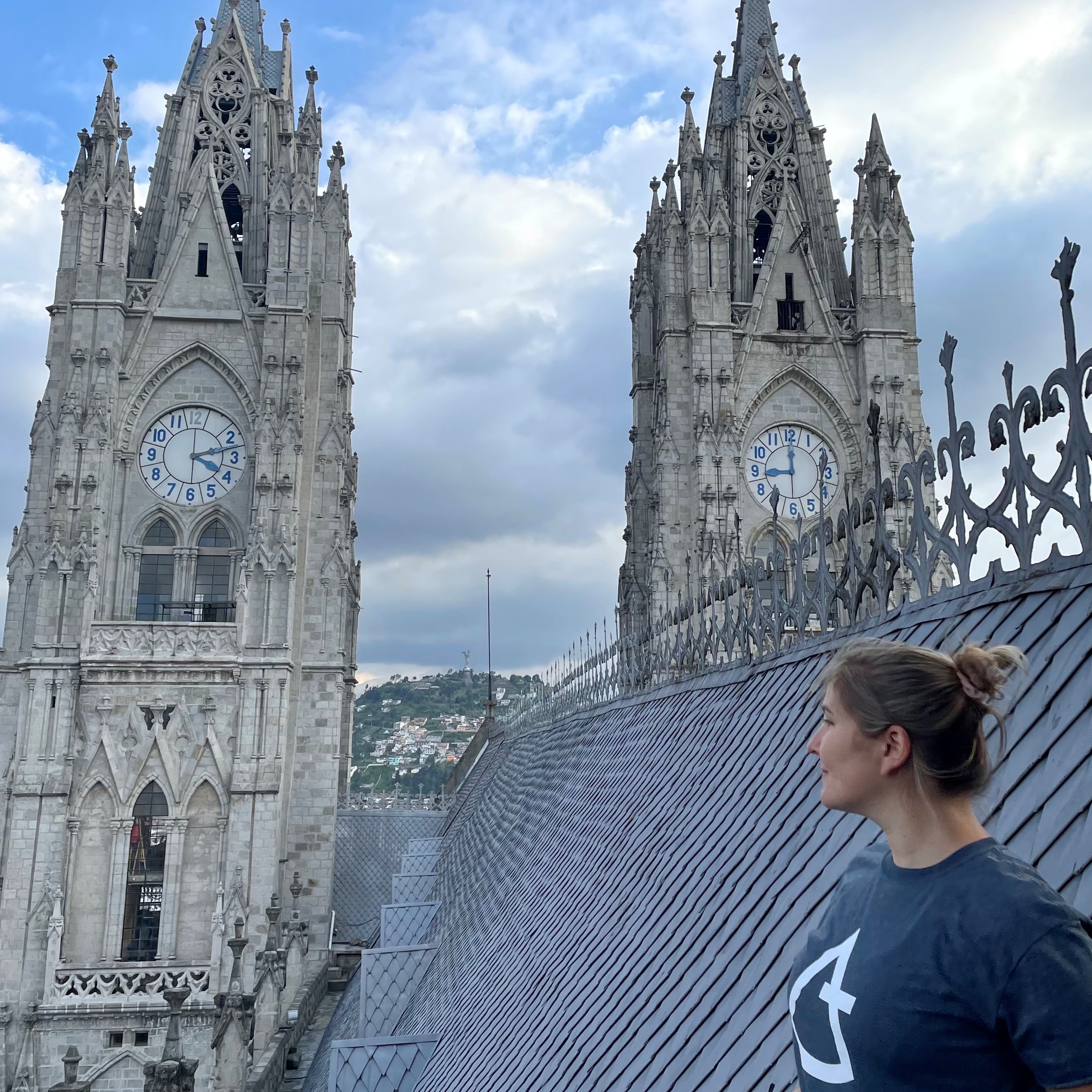

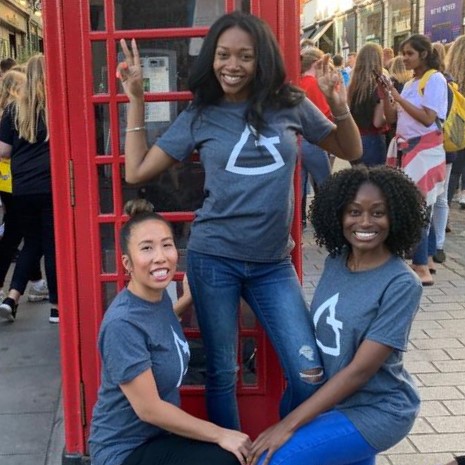
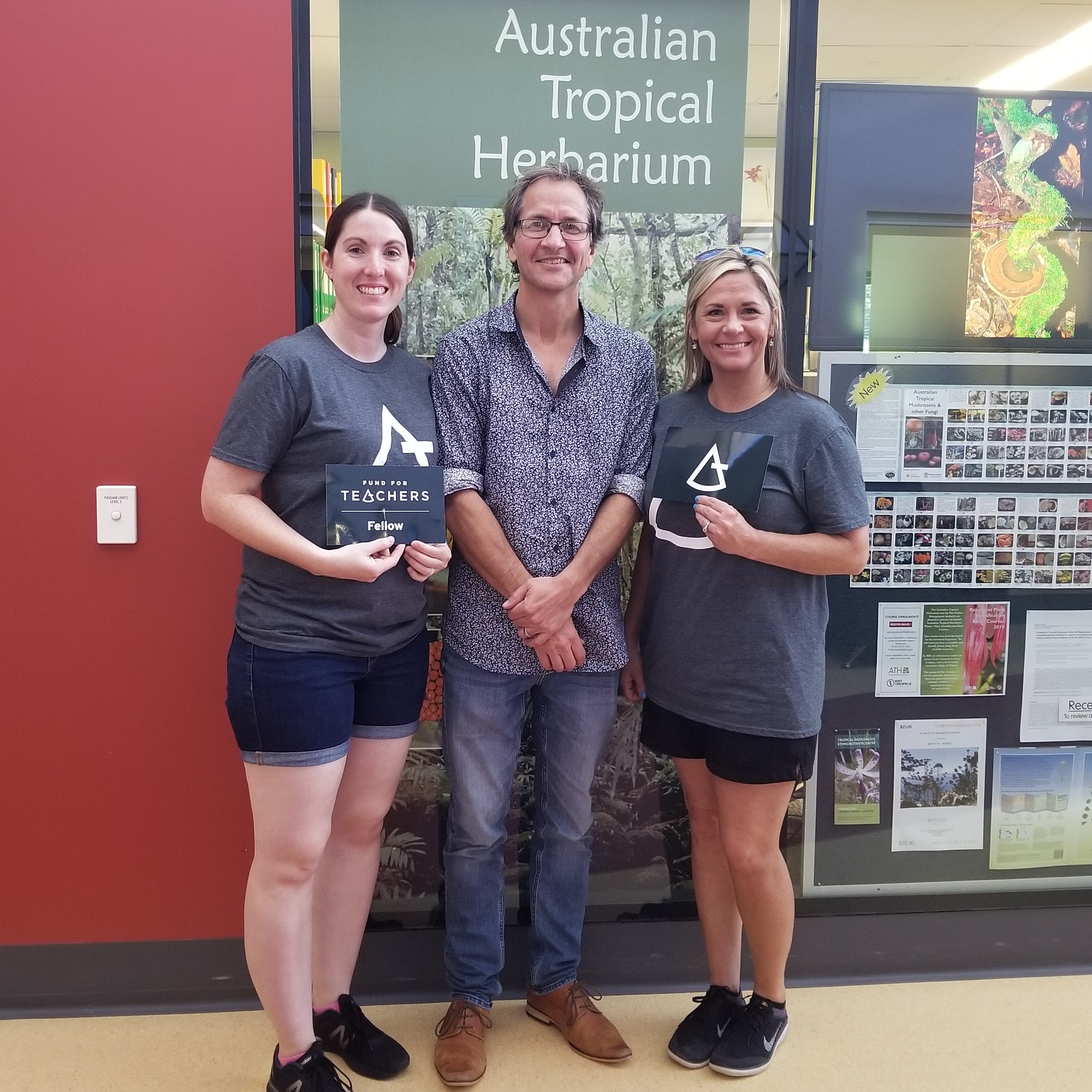
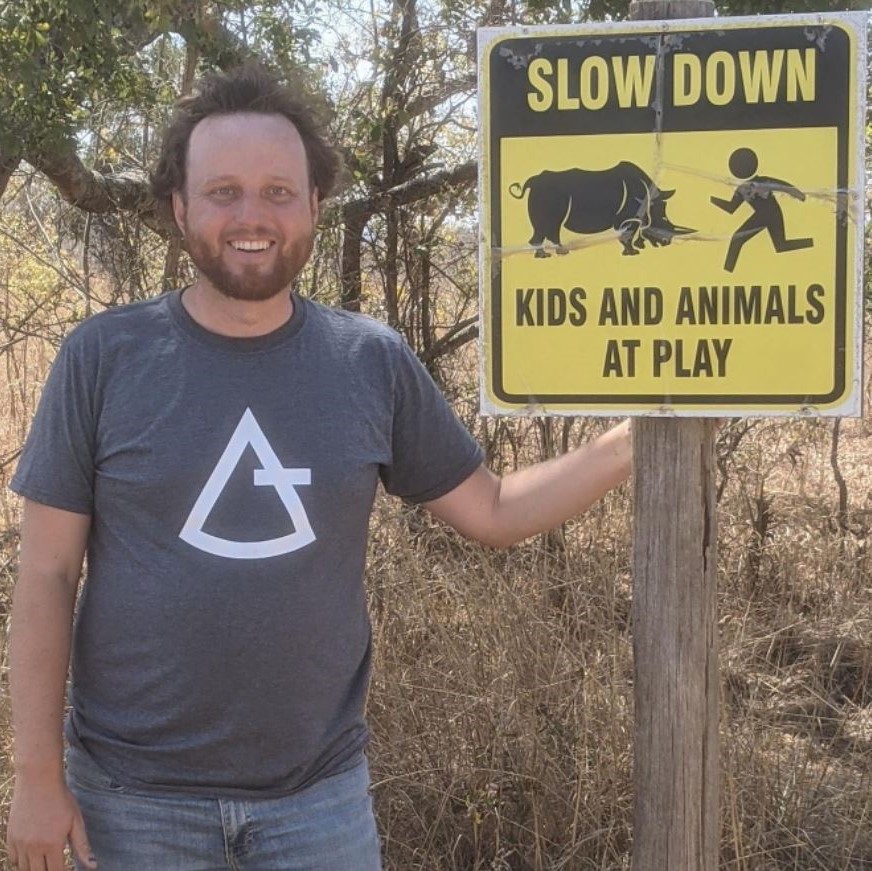
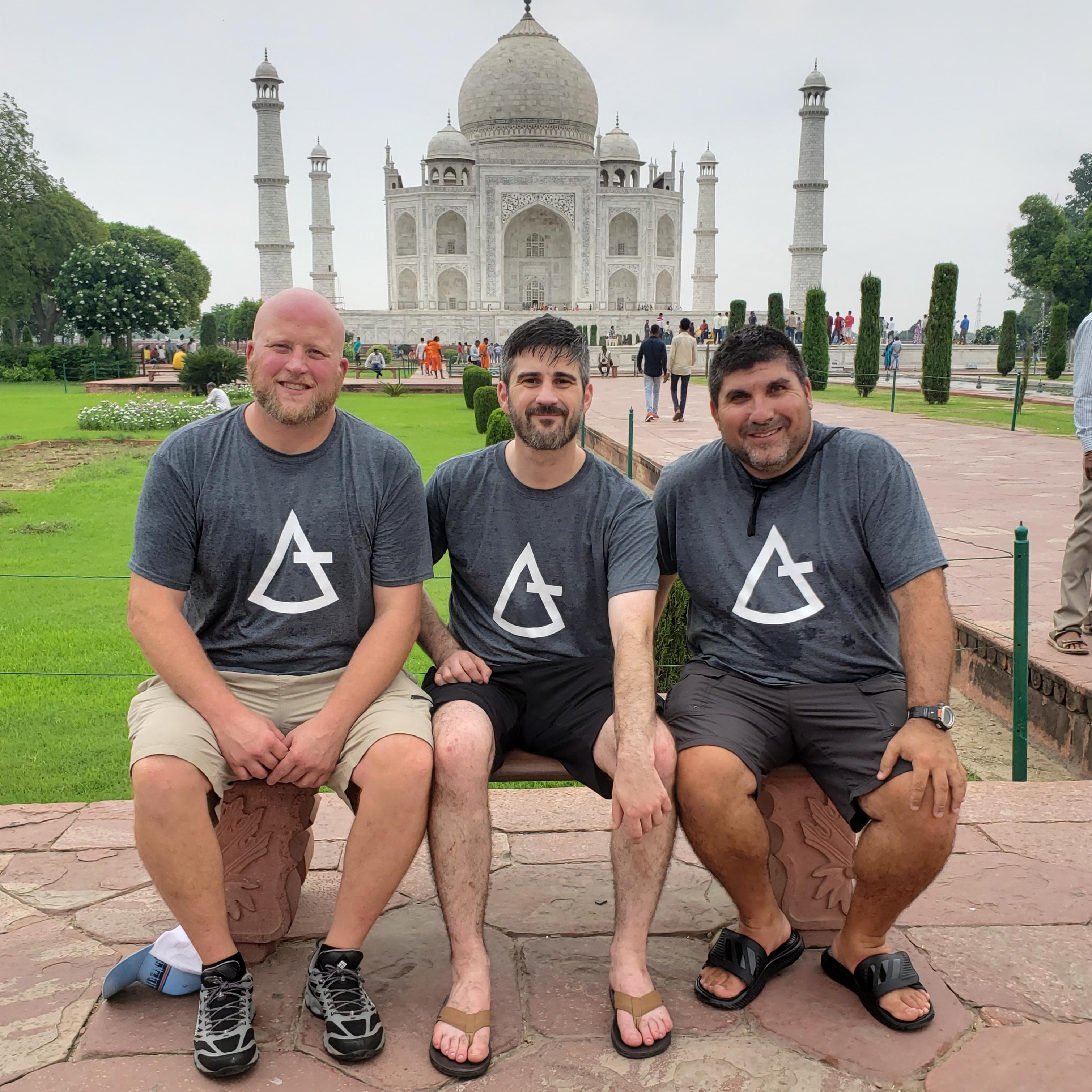
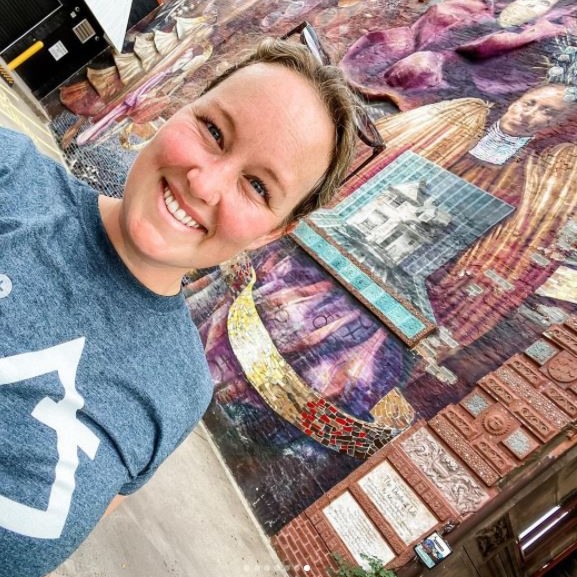
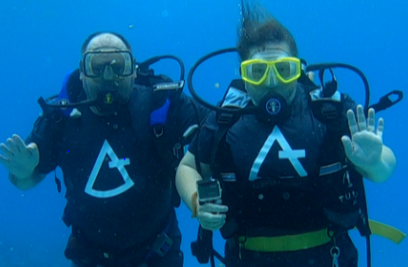
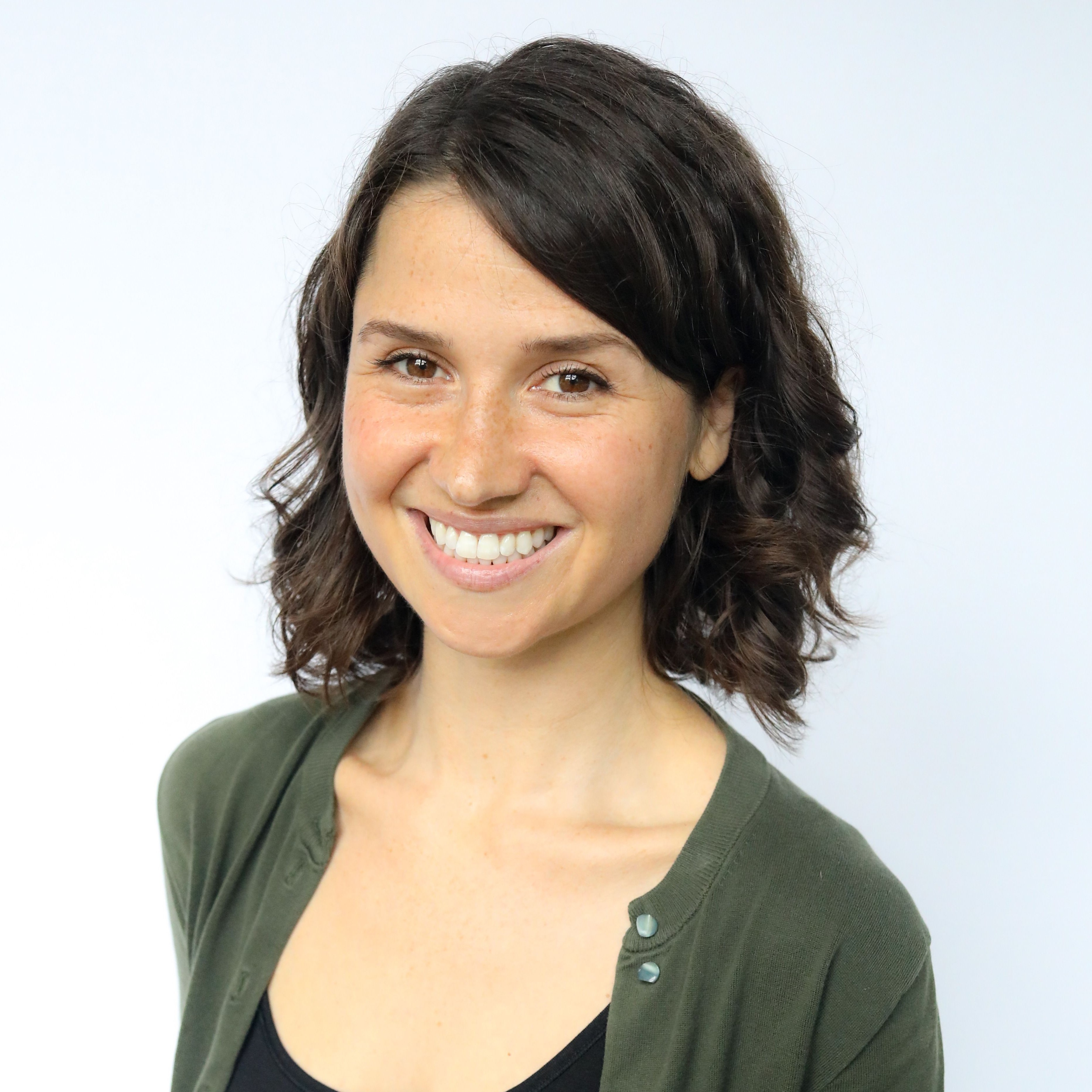

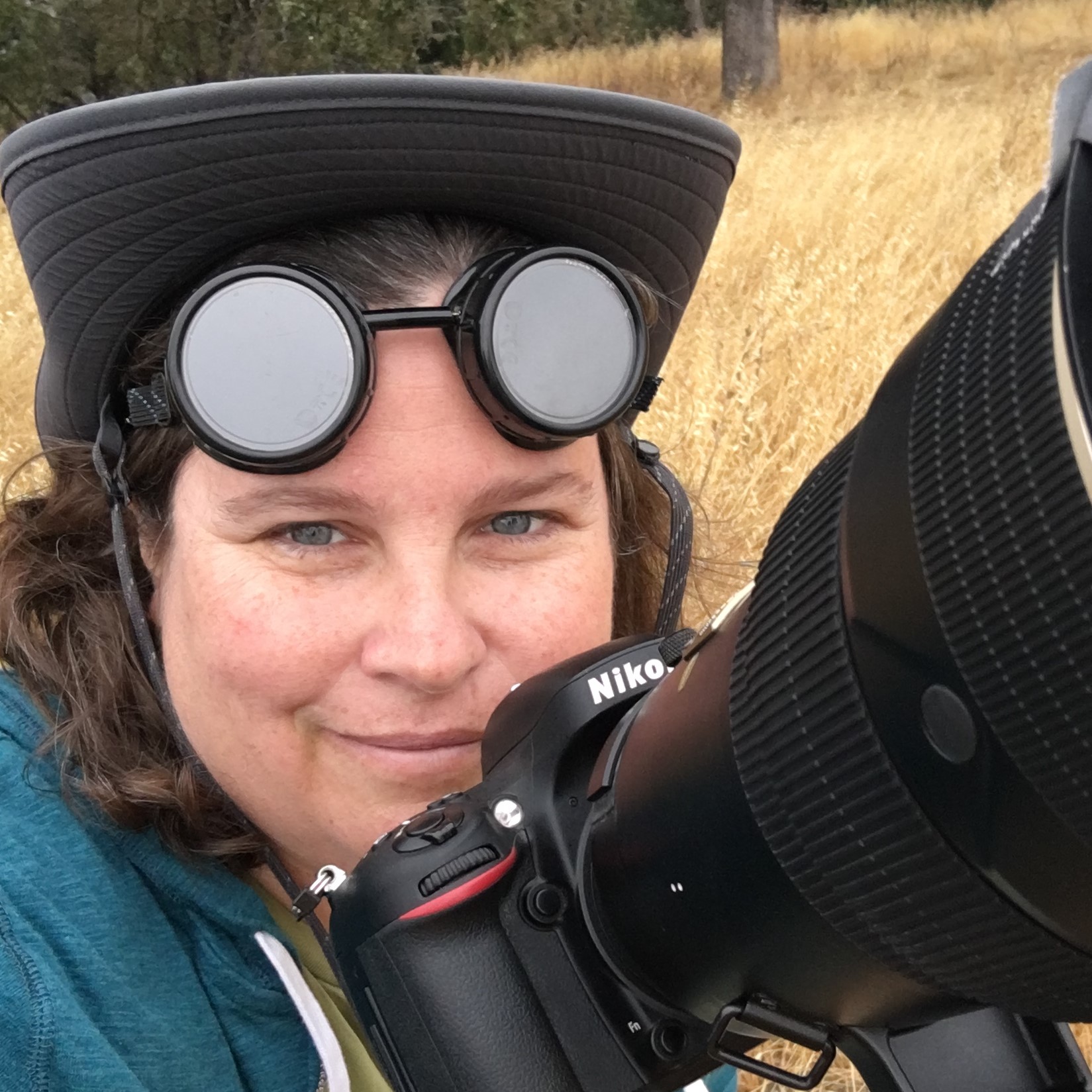
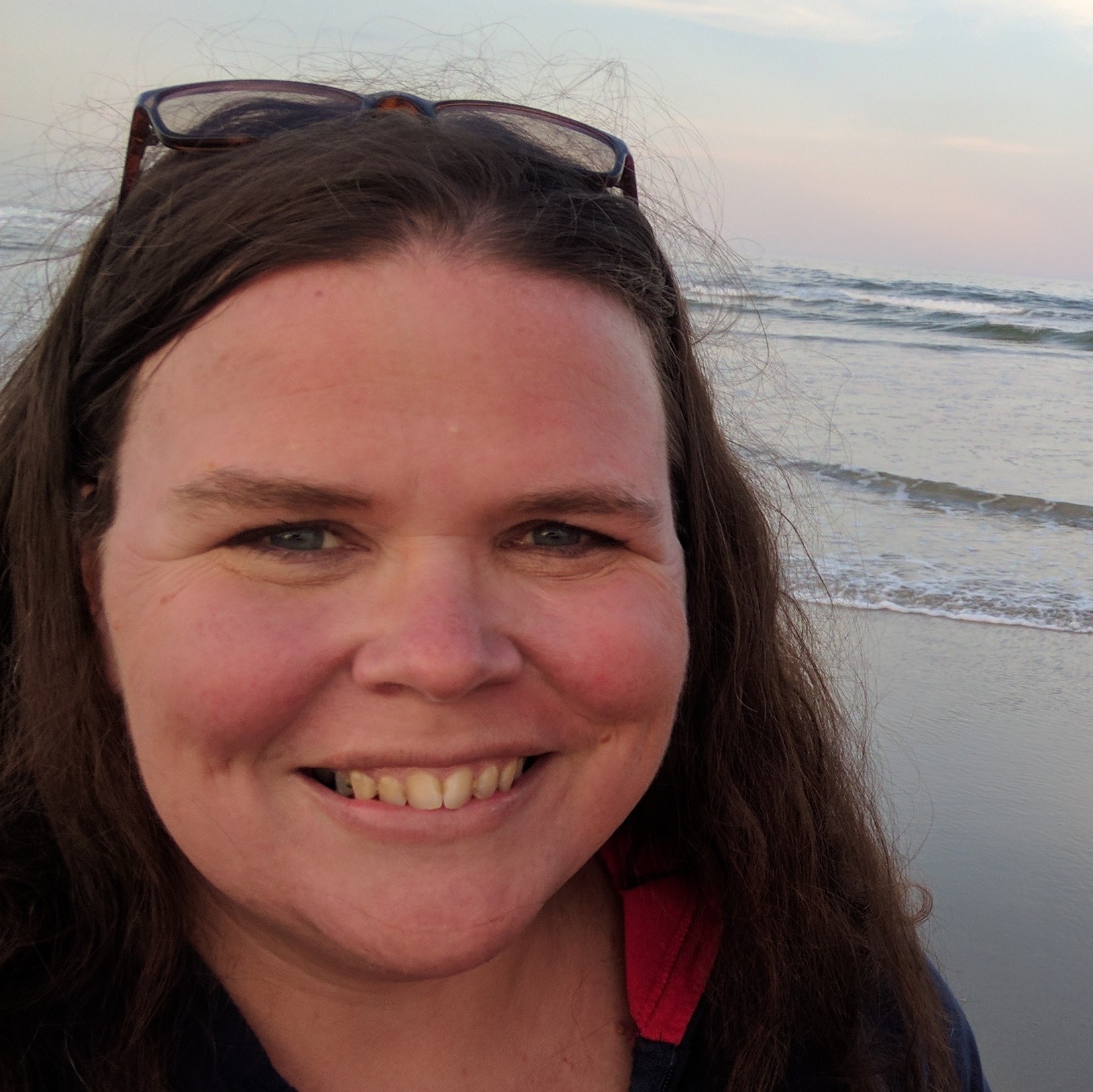
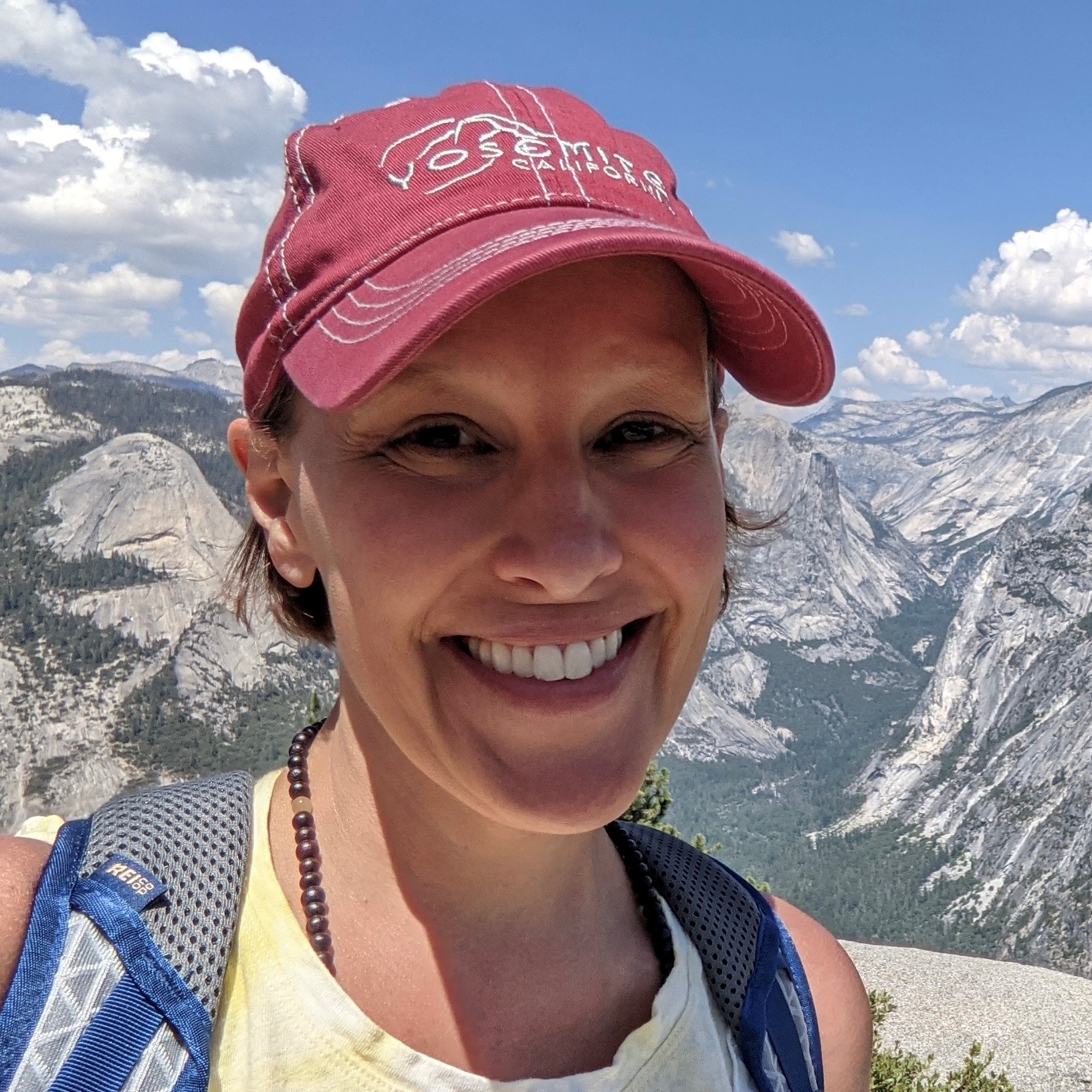
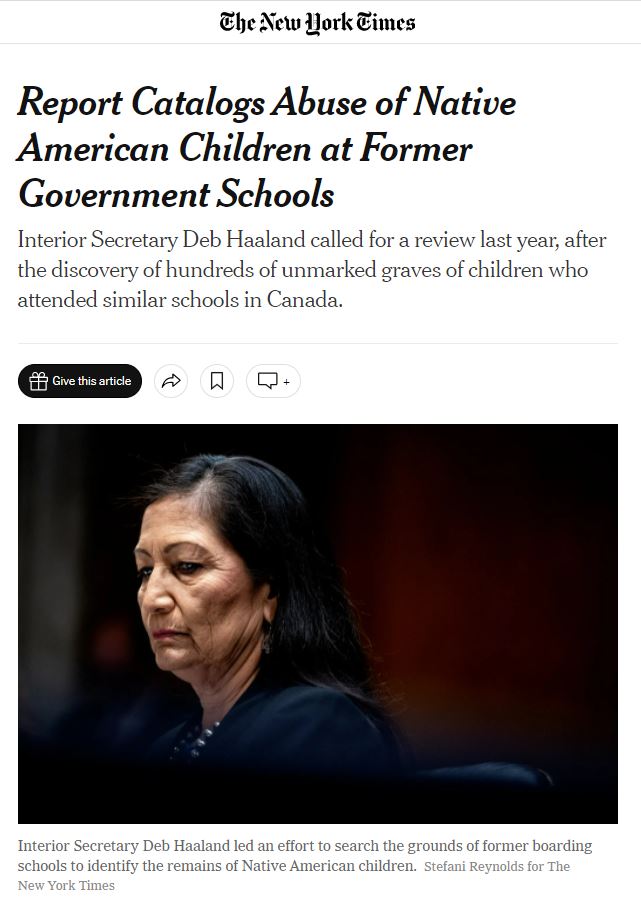
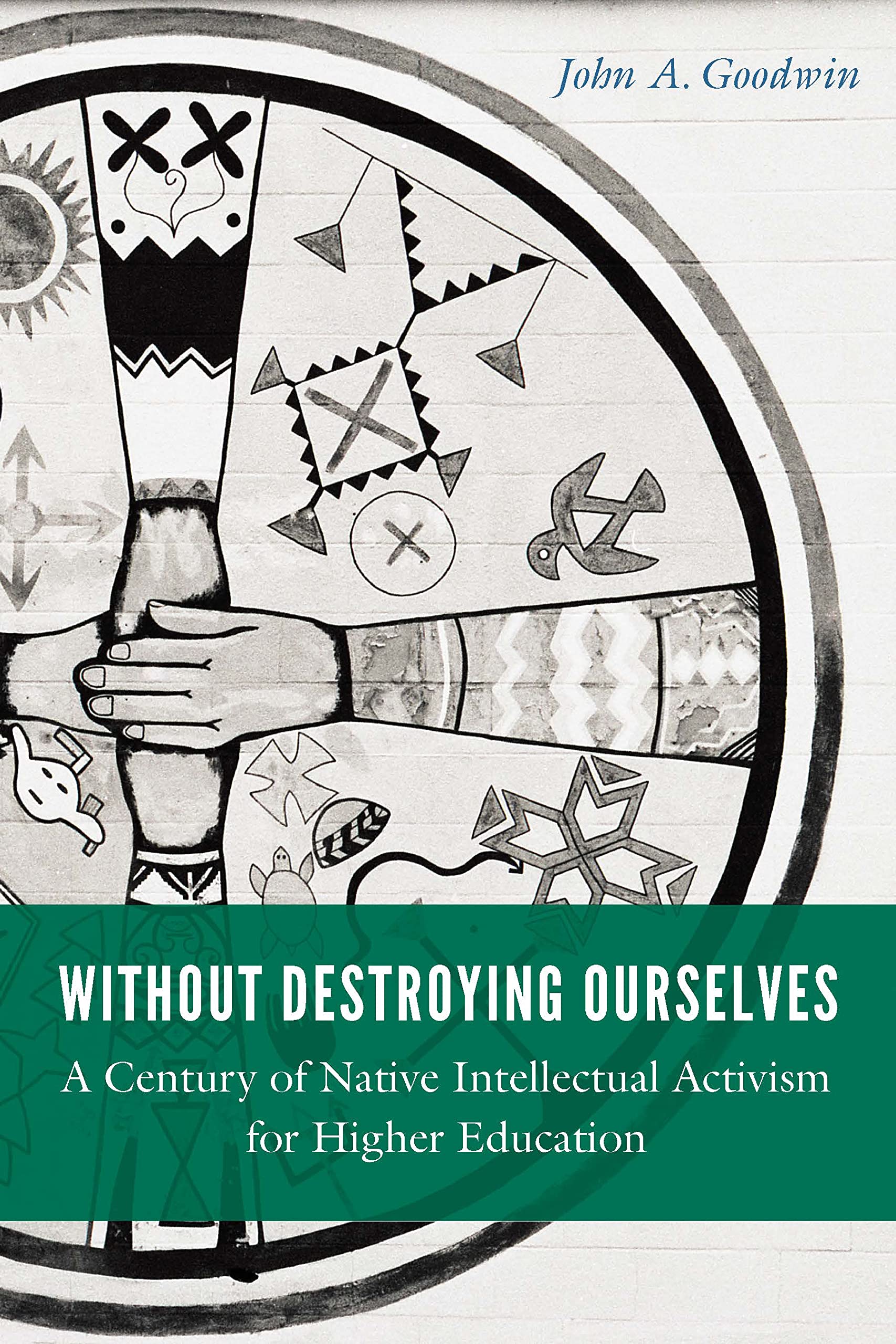

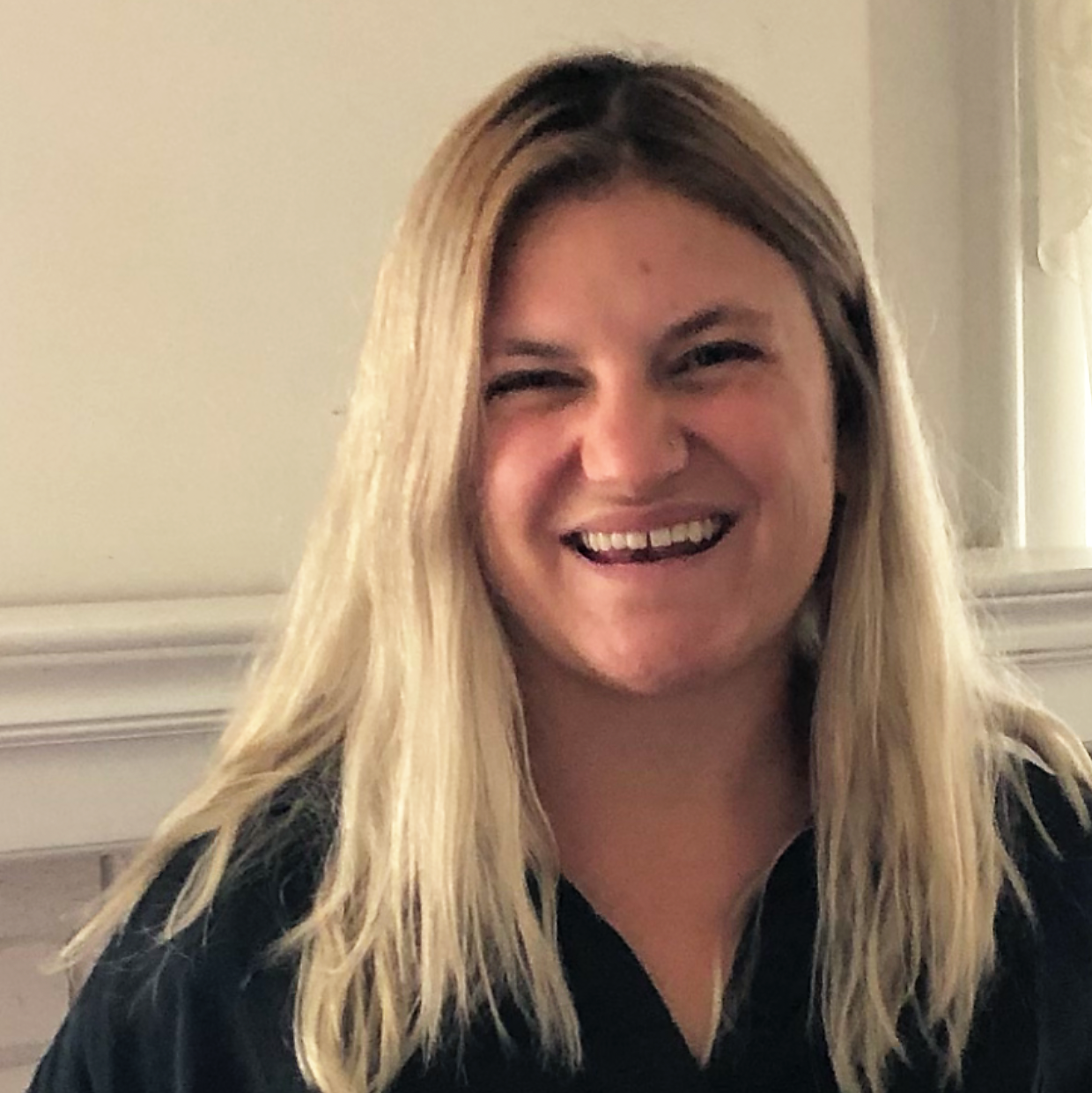
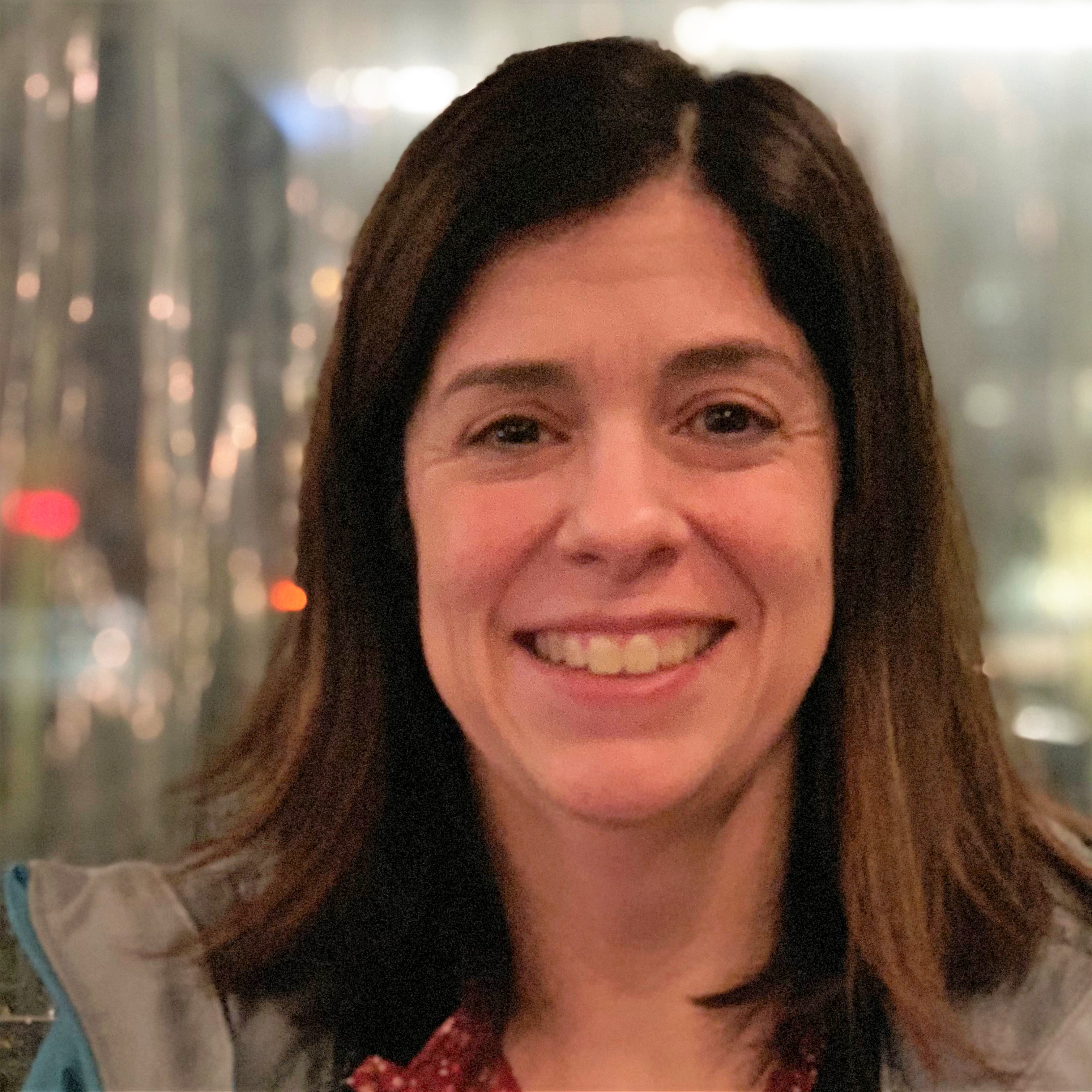
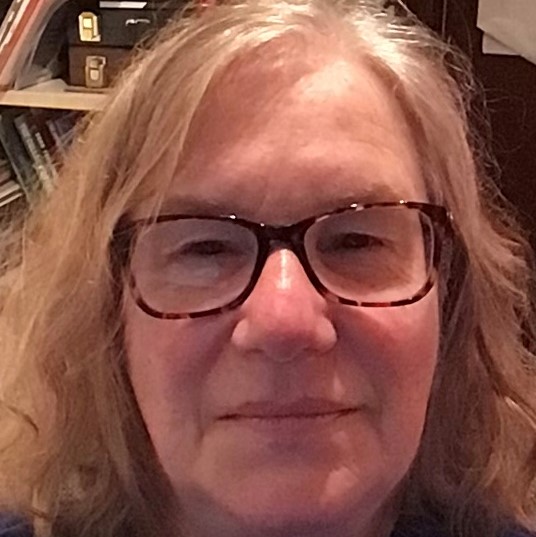
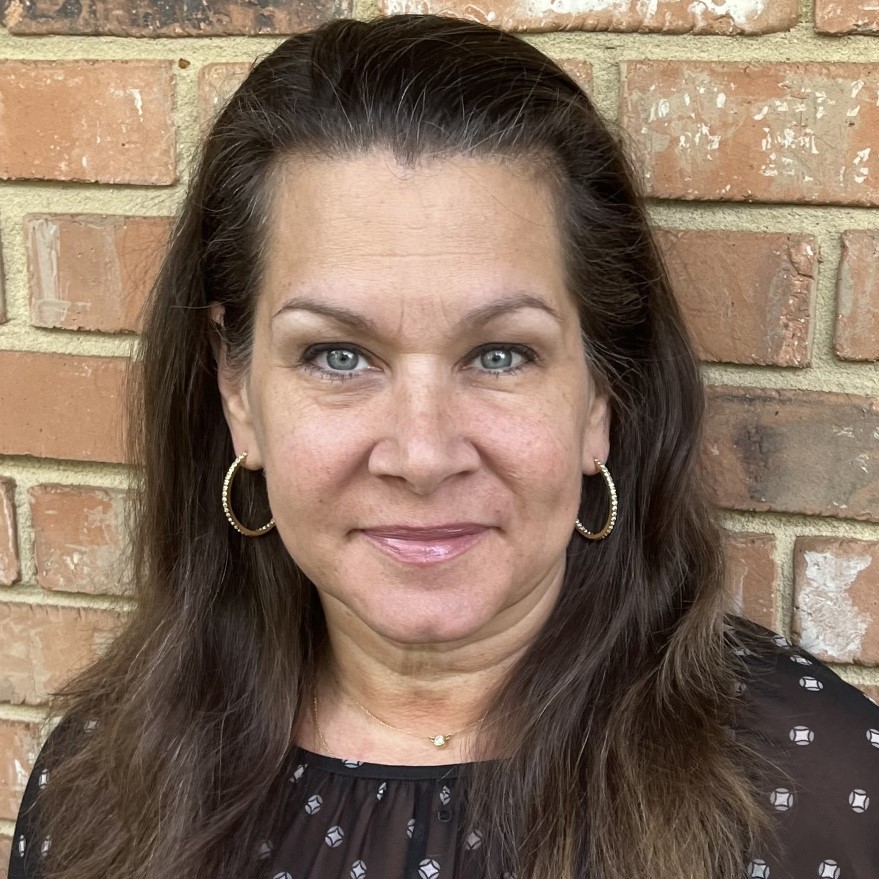
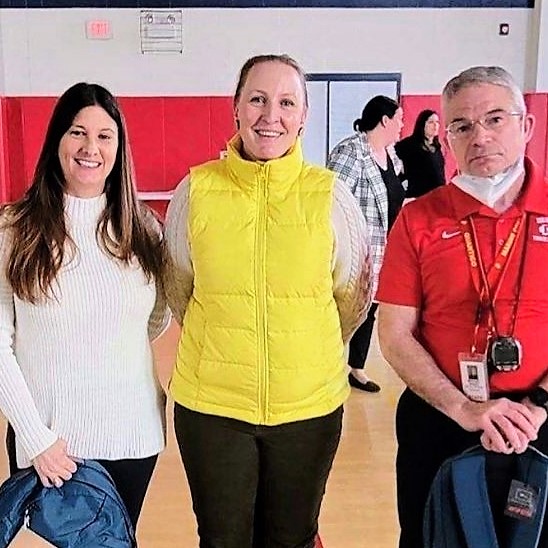
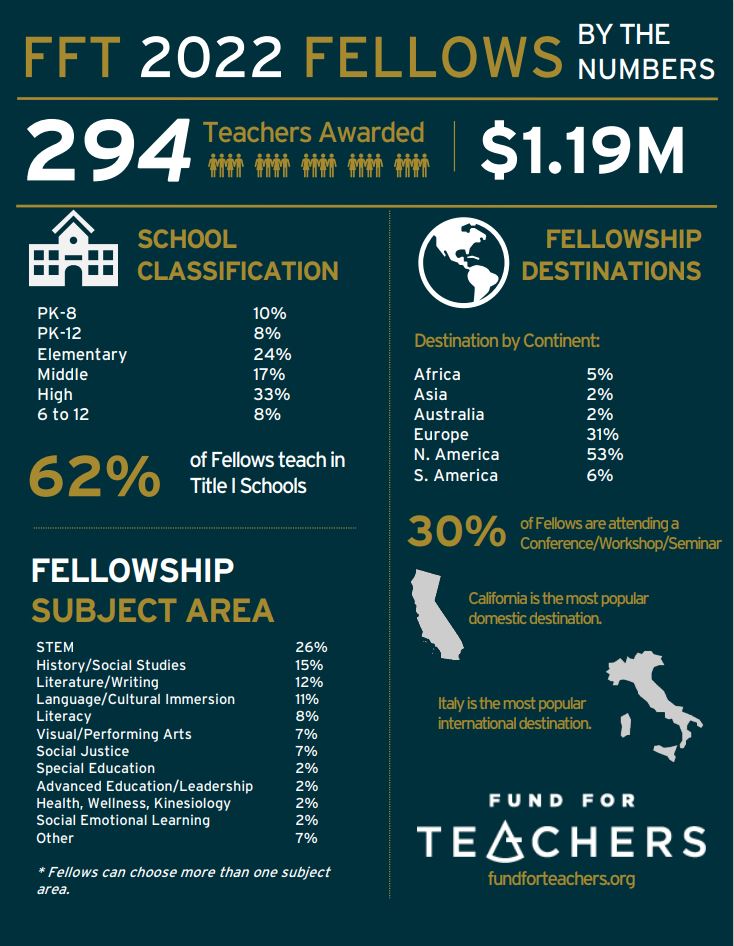

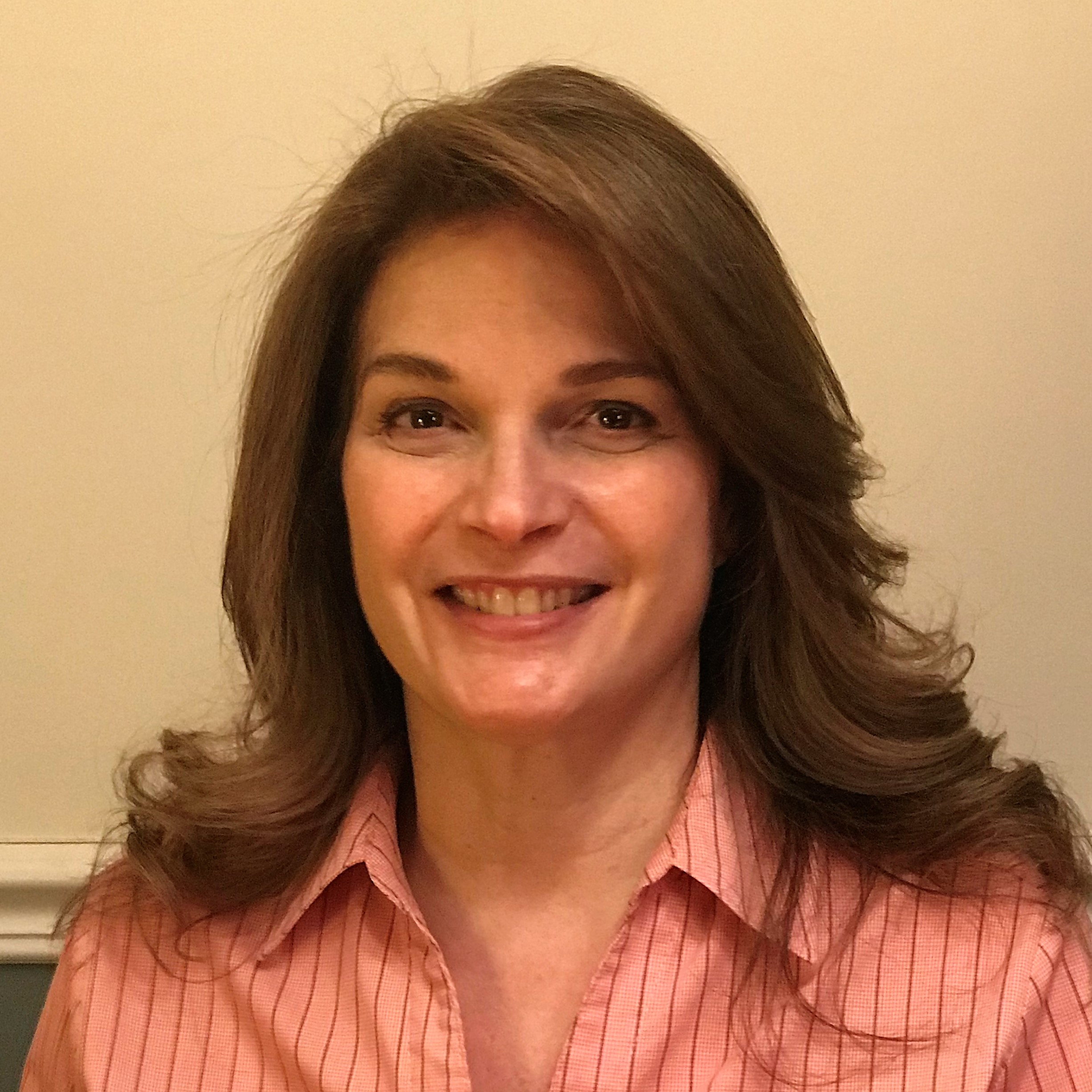

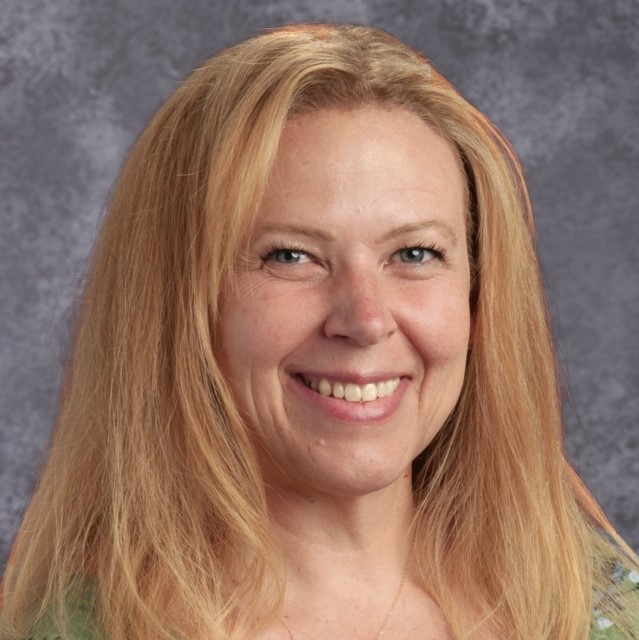
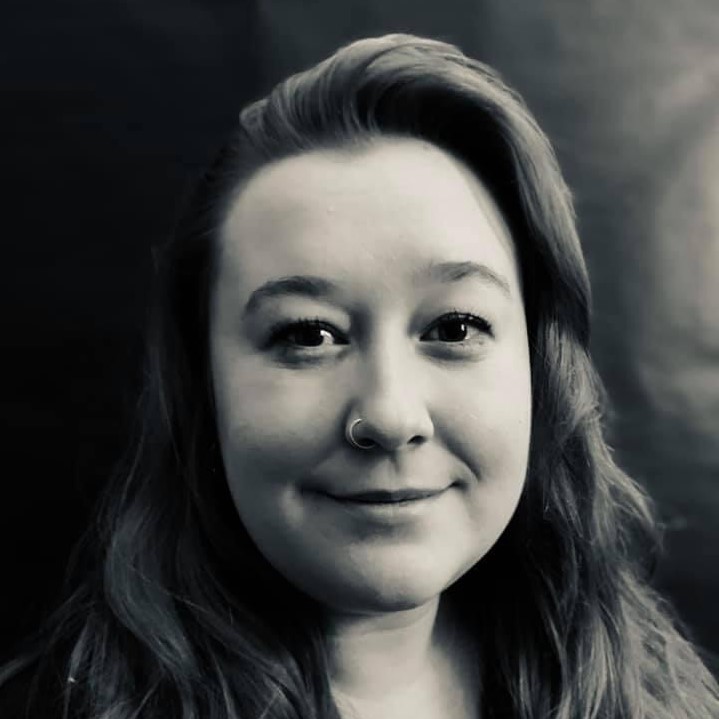
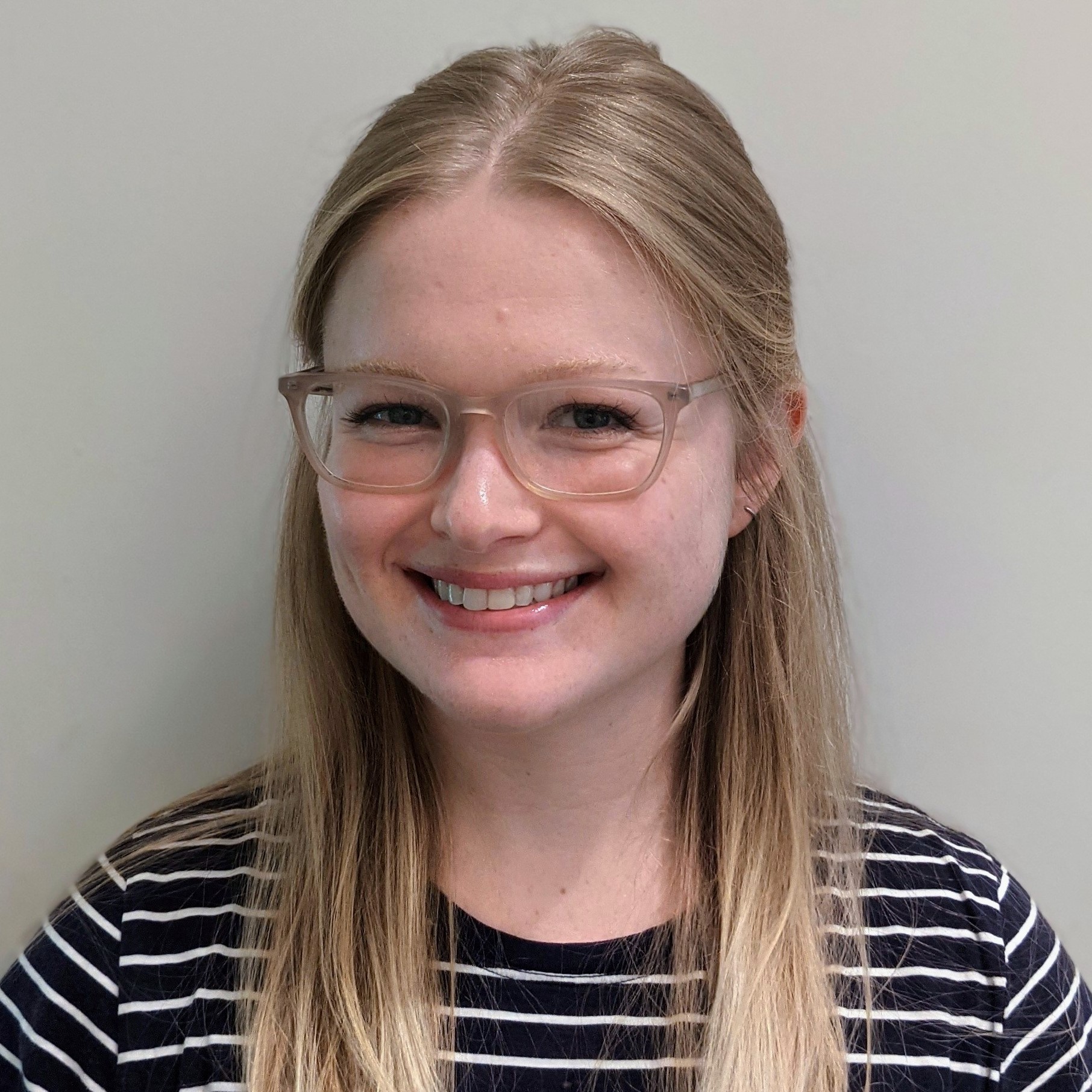
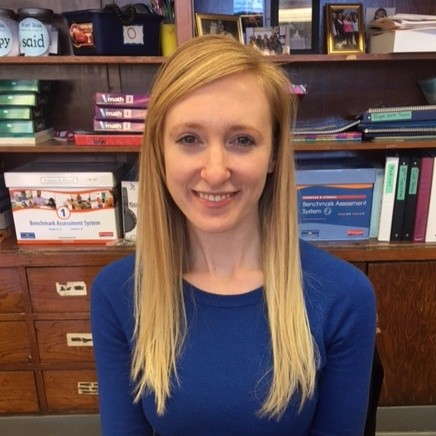
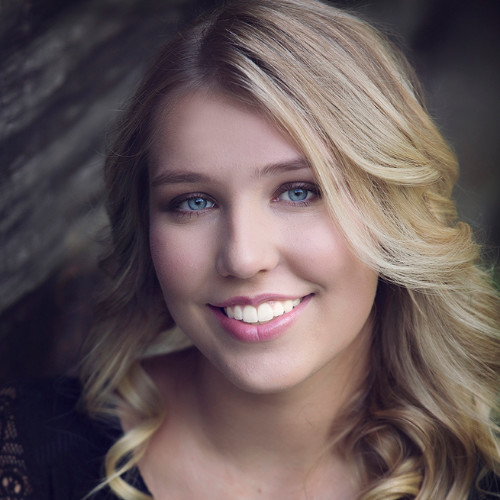
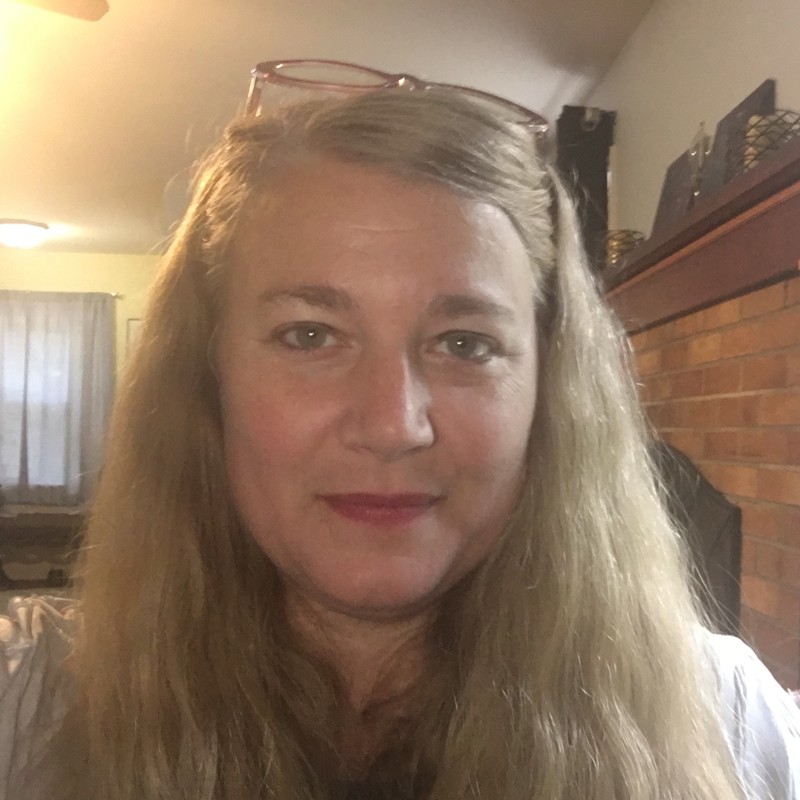

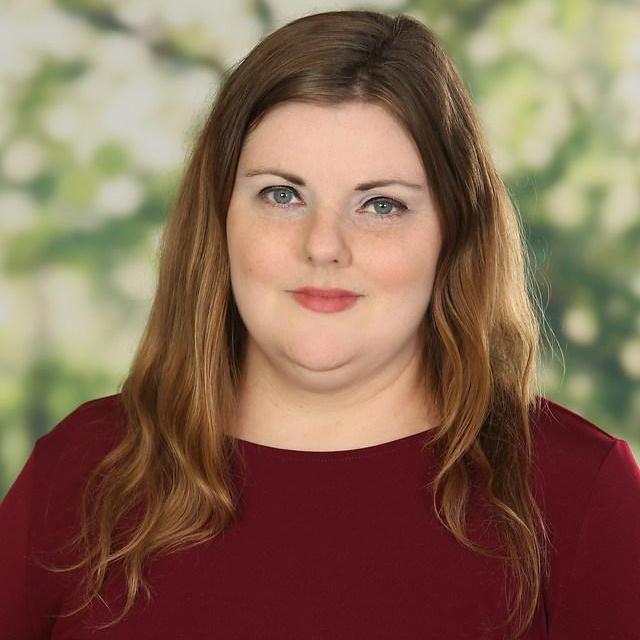
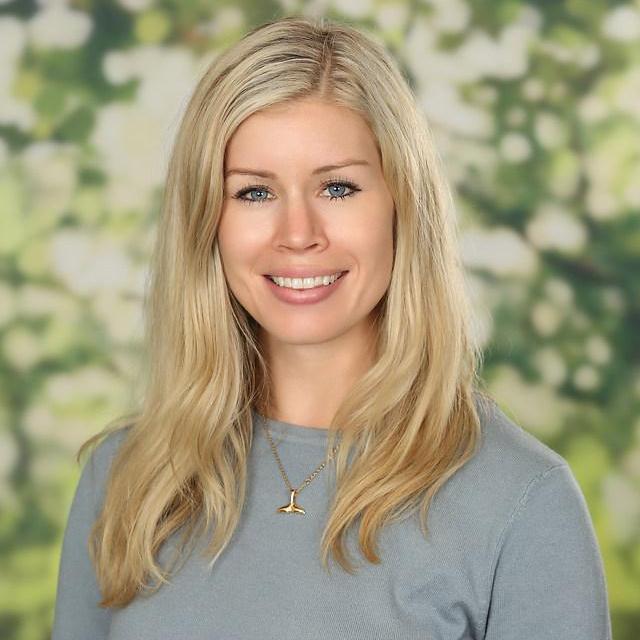
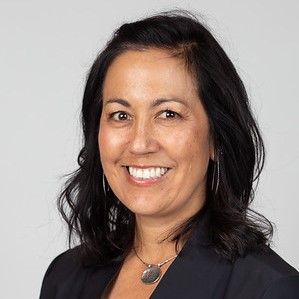 Suzette Champagne | Jessie Beck Elementary – Reno, NV
Suzette Champagne | Jessie Beck Elementary – Reno, NV